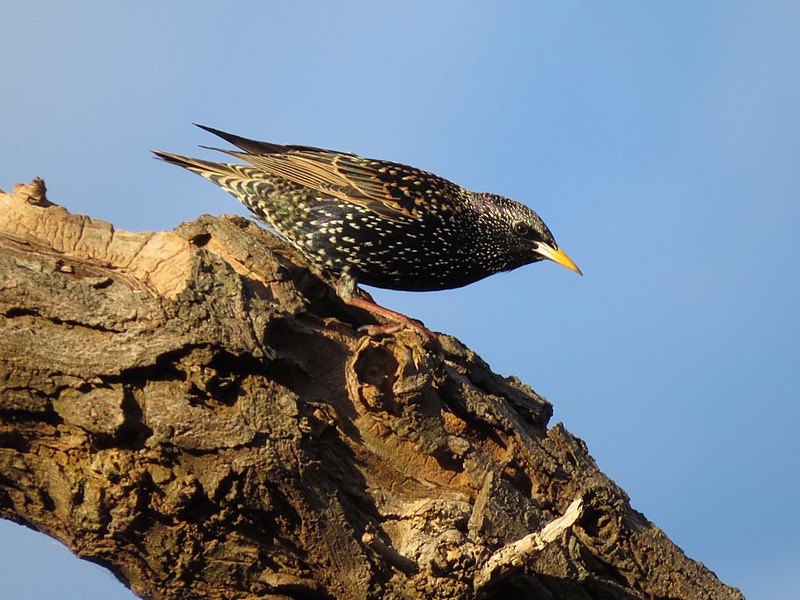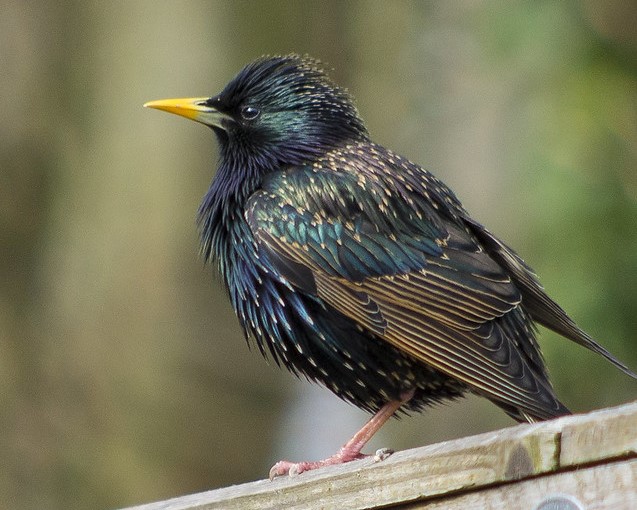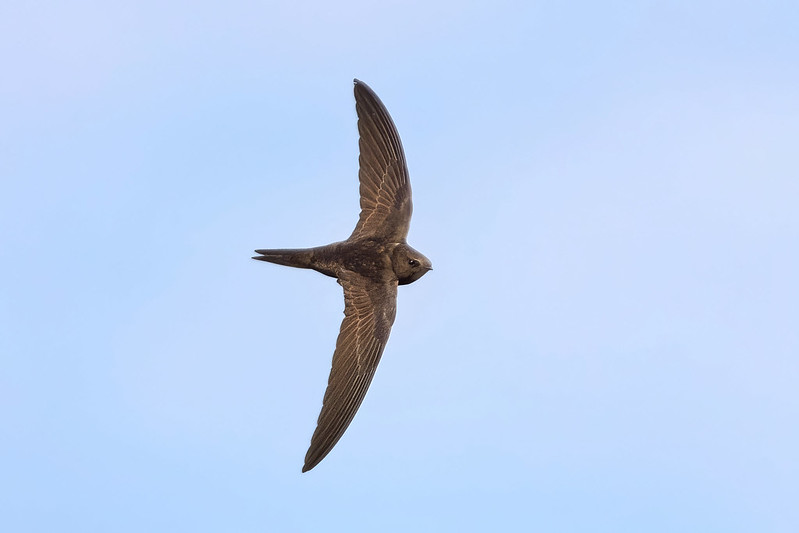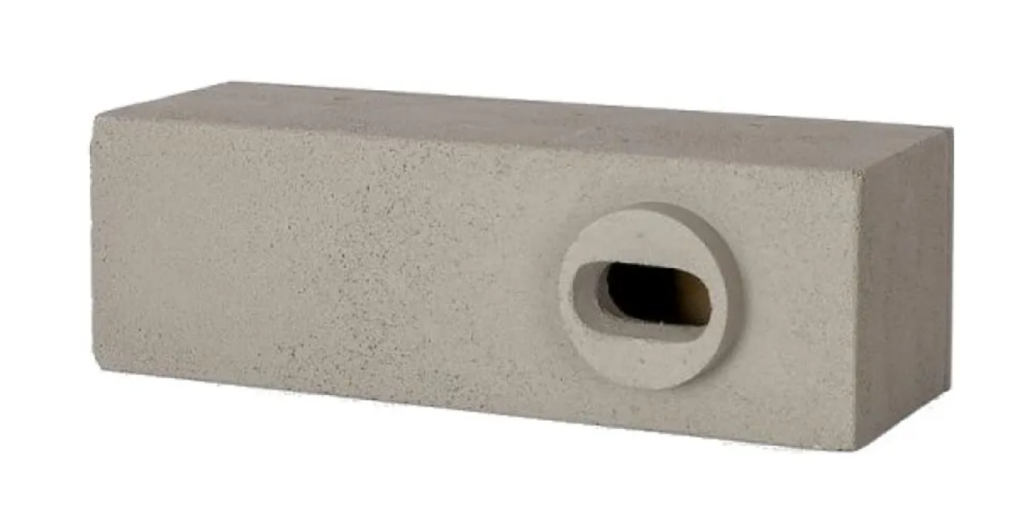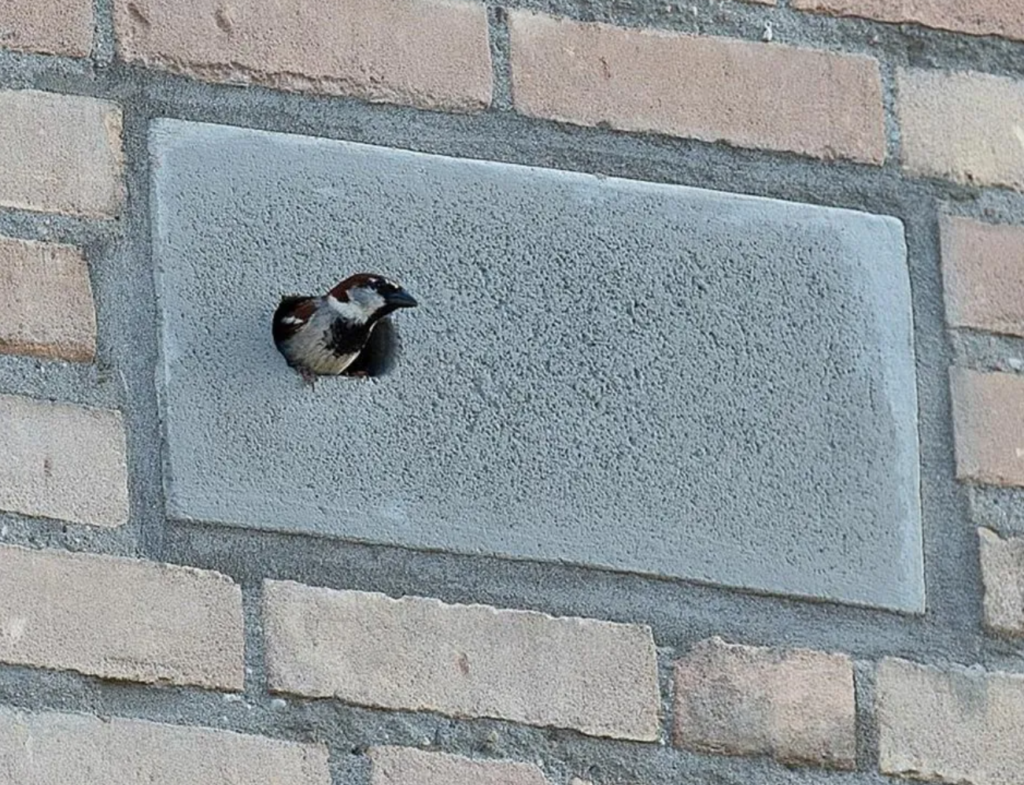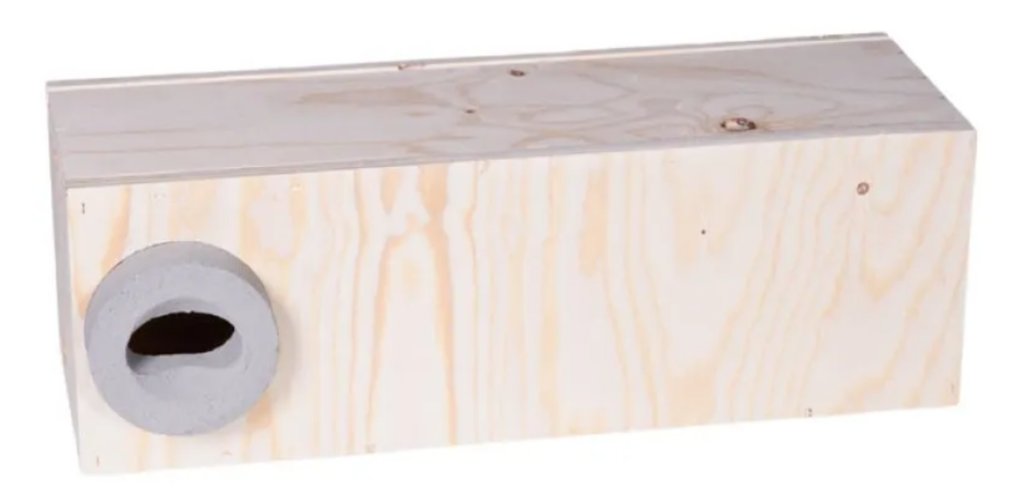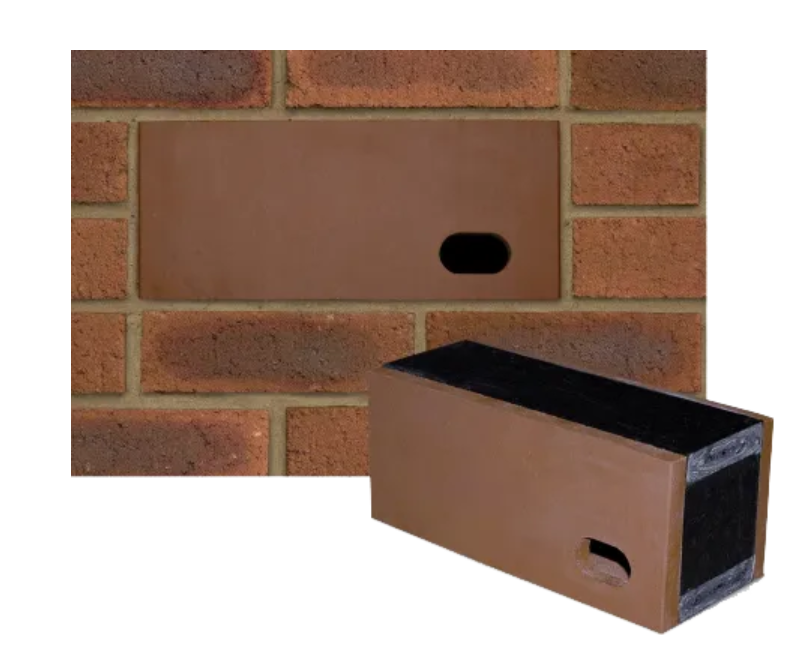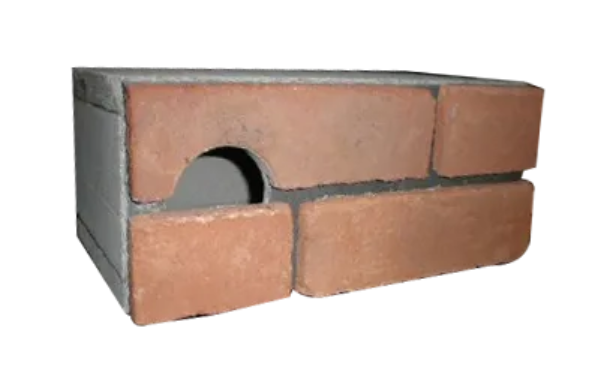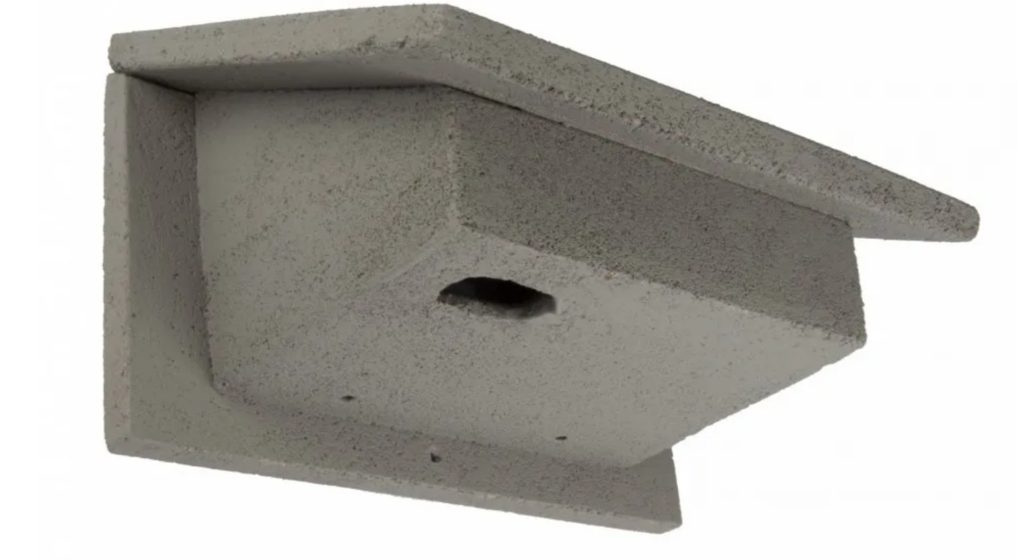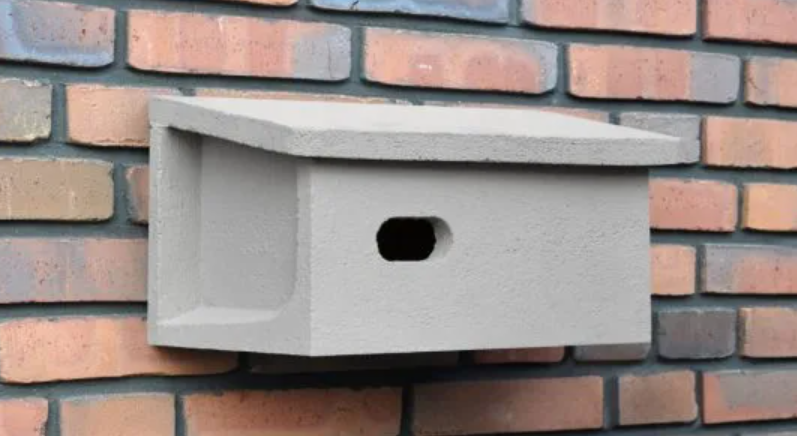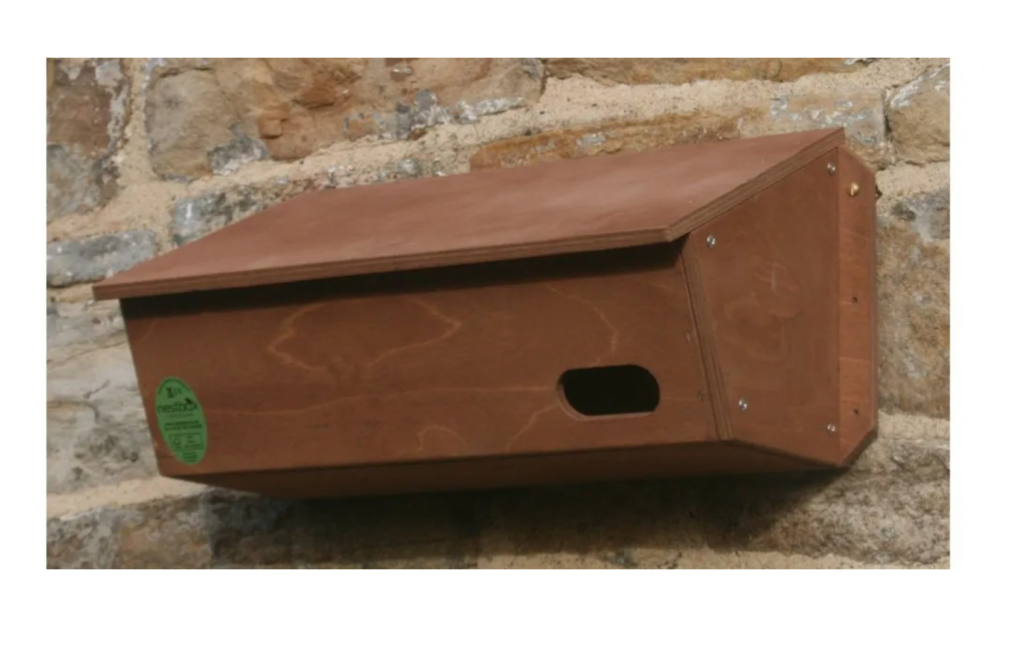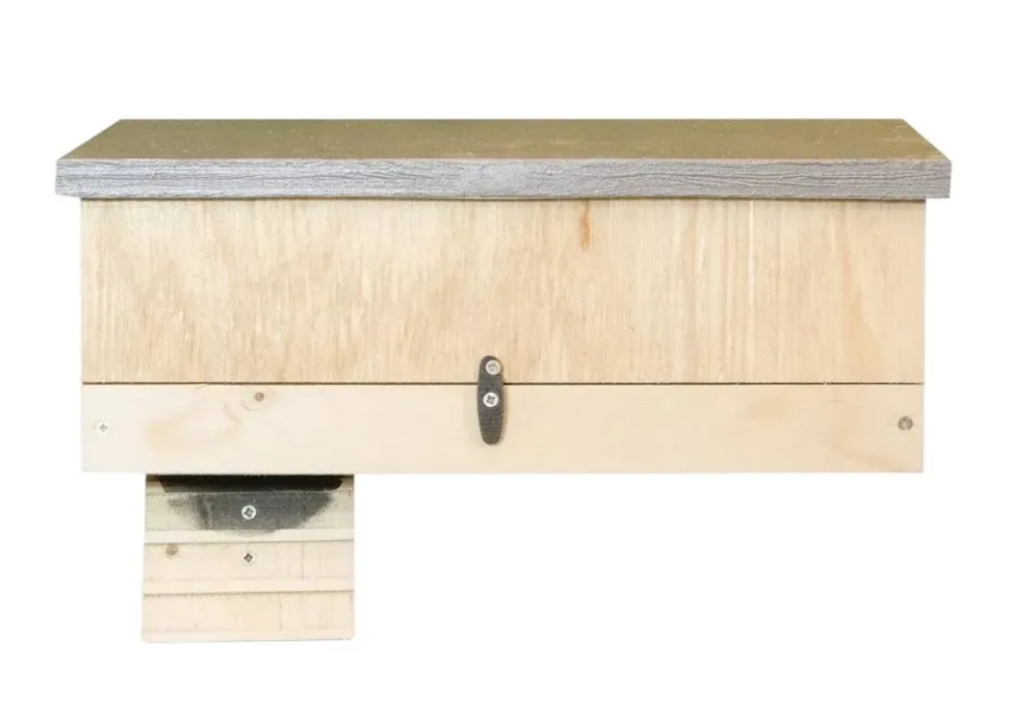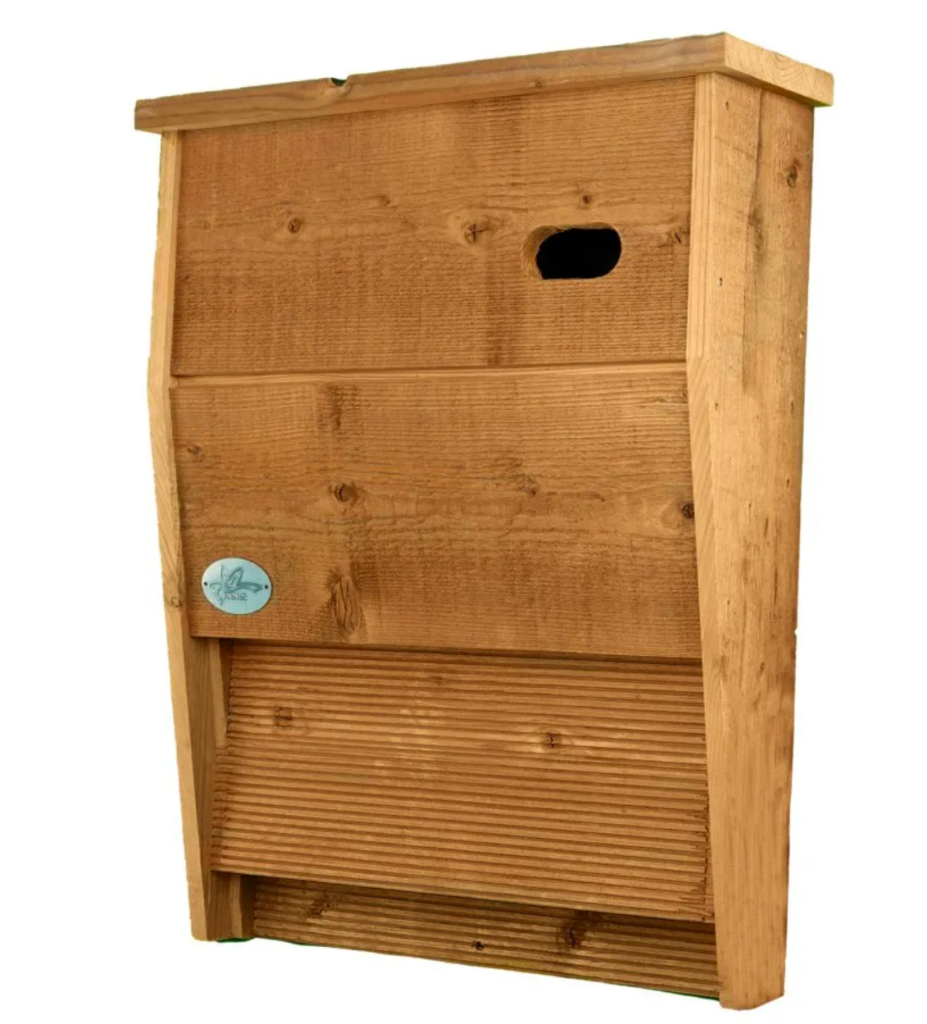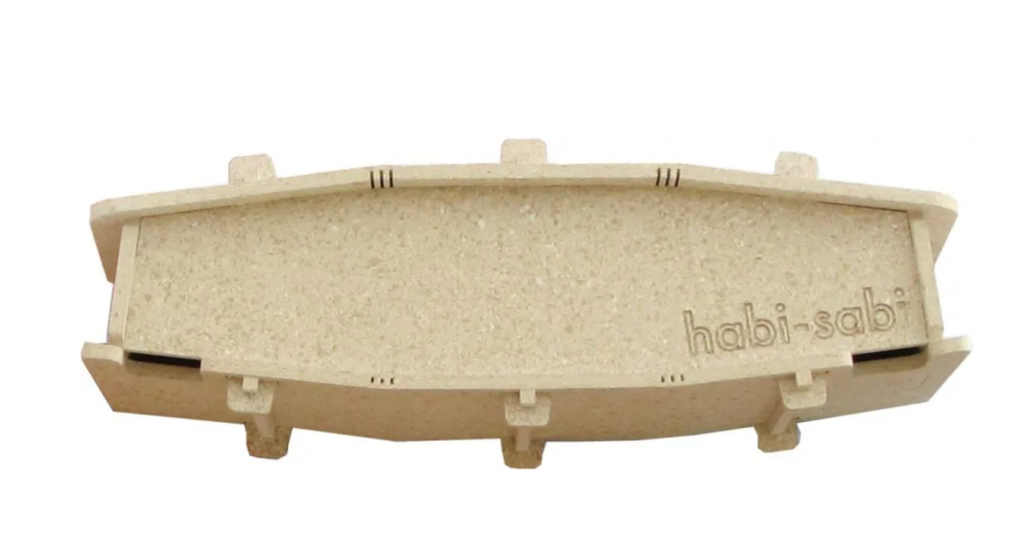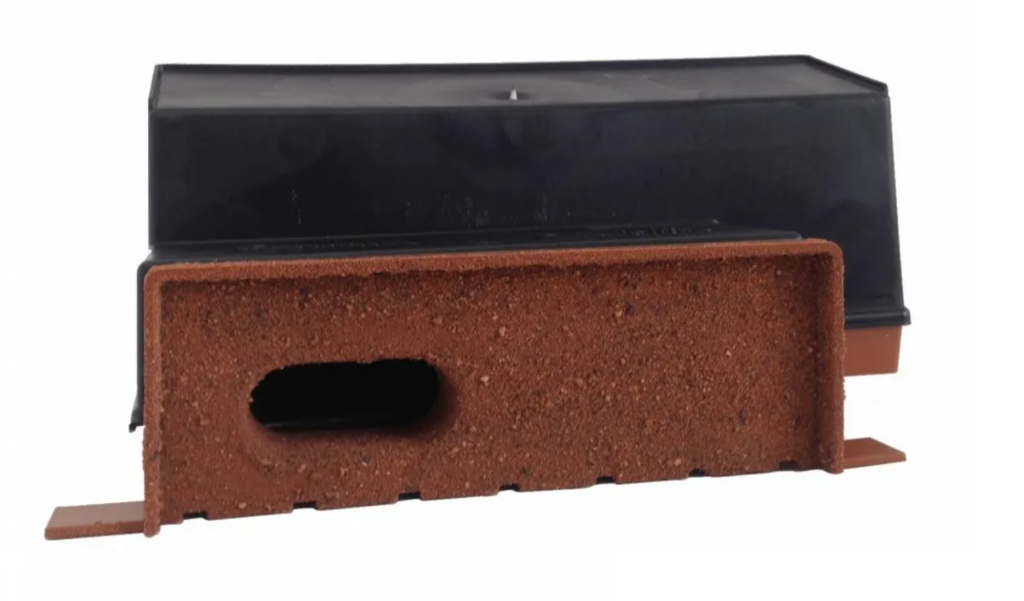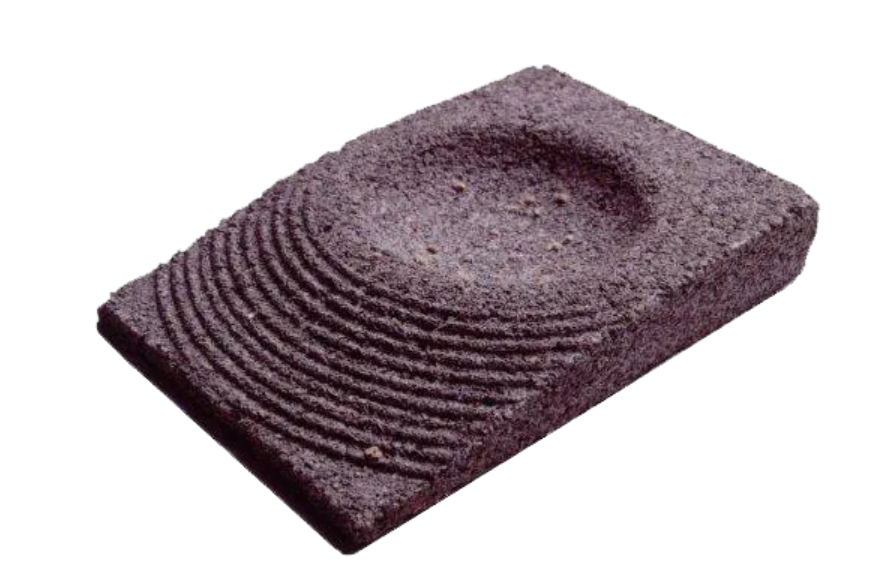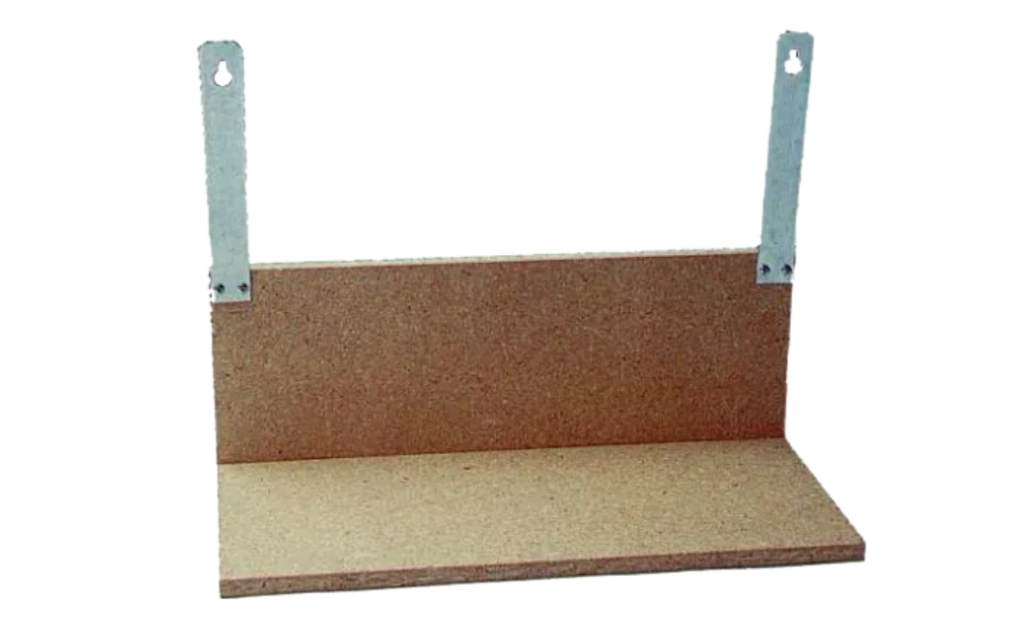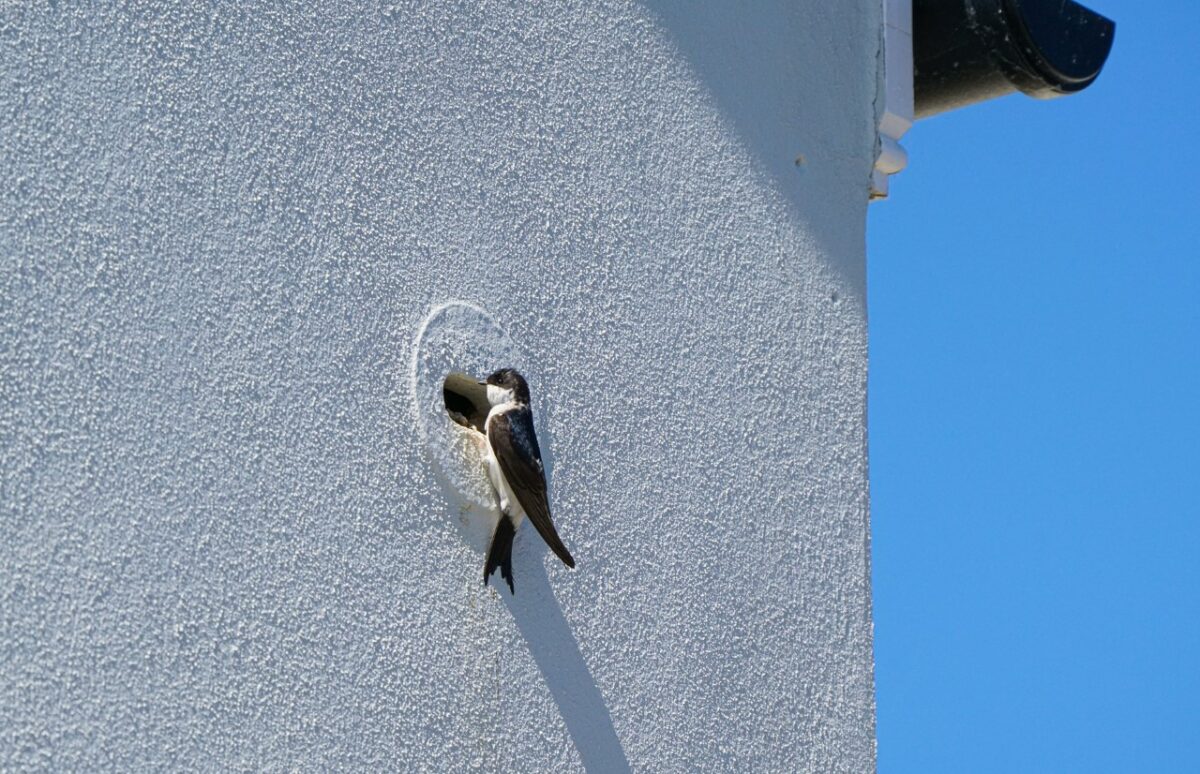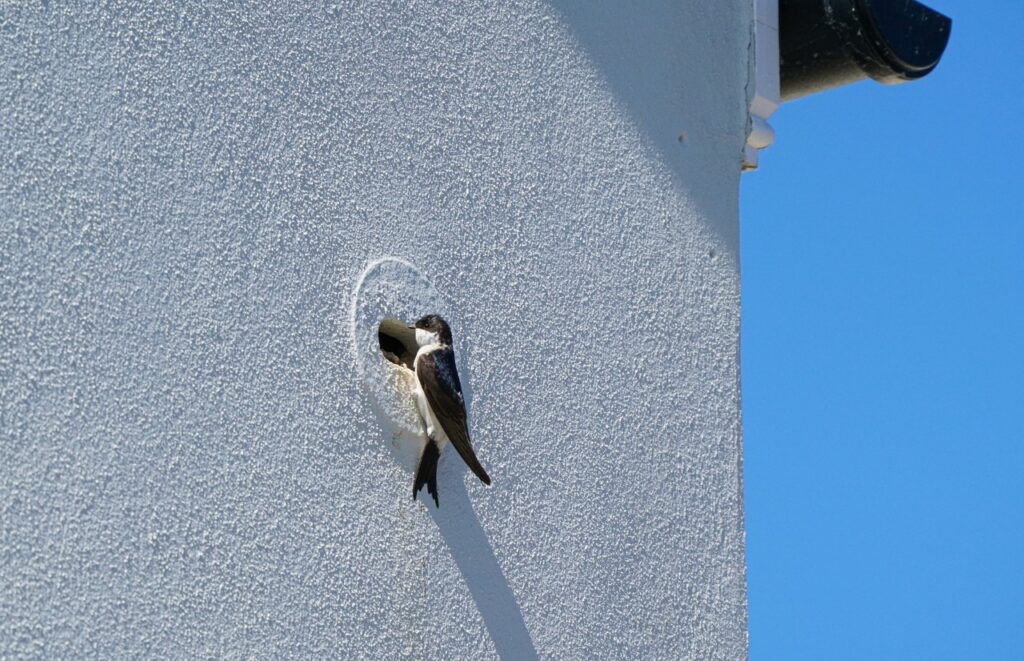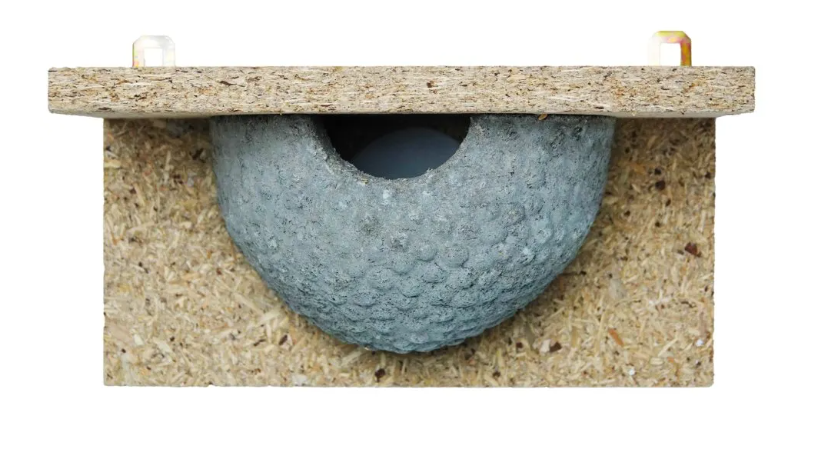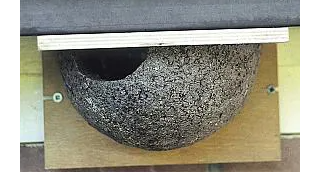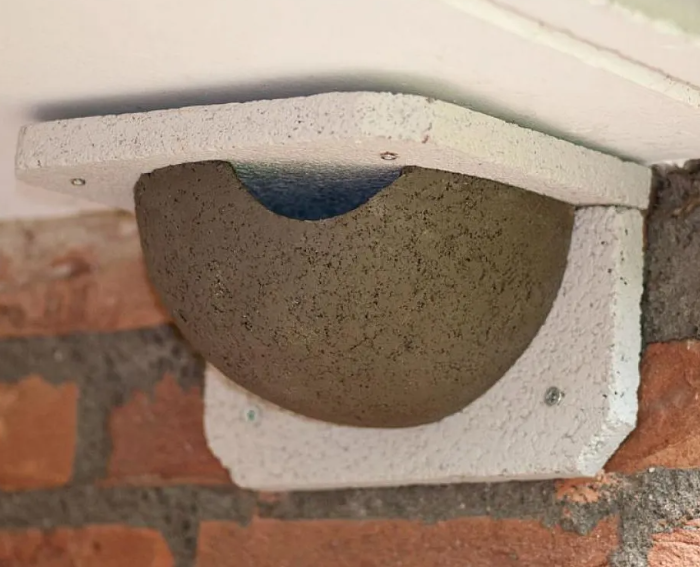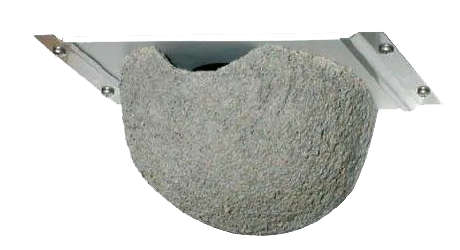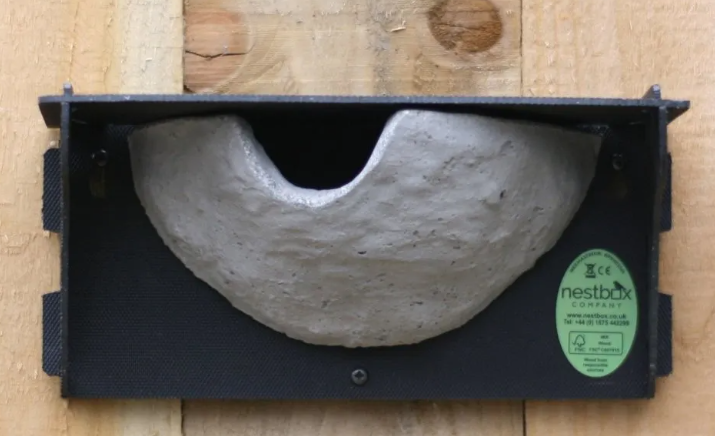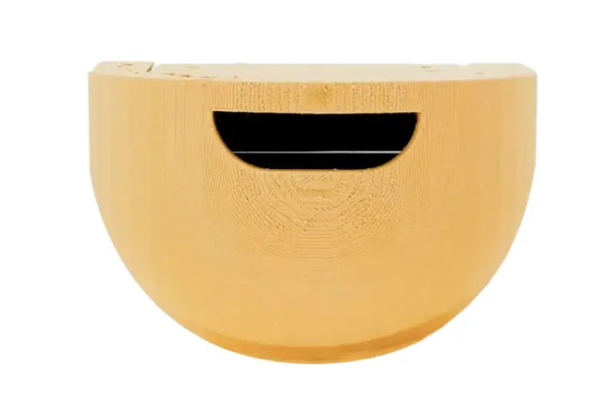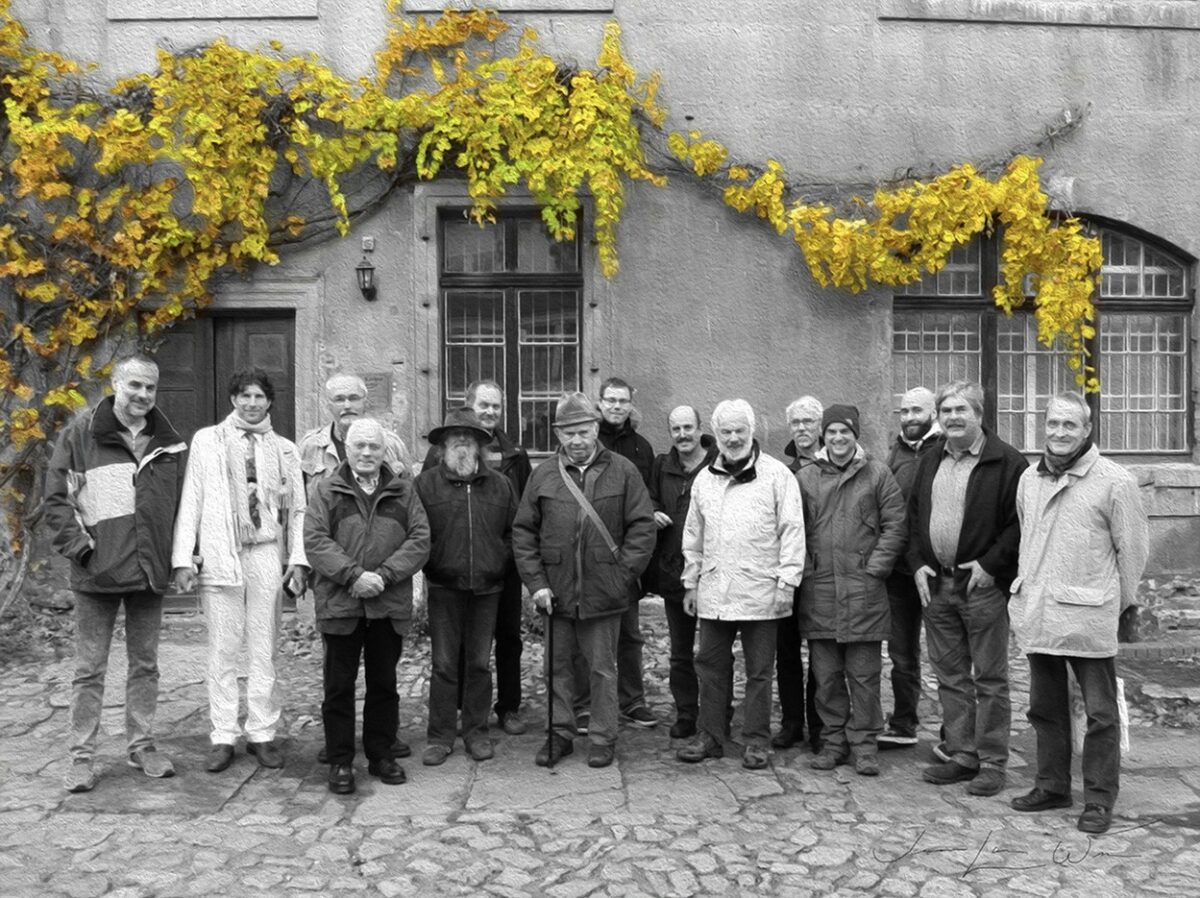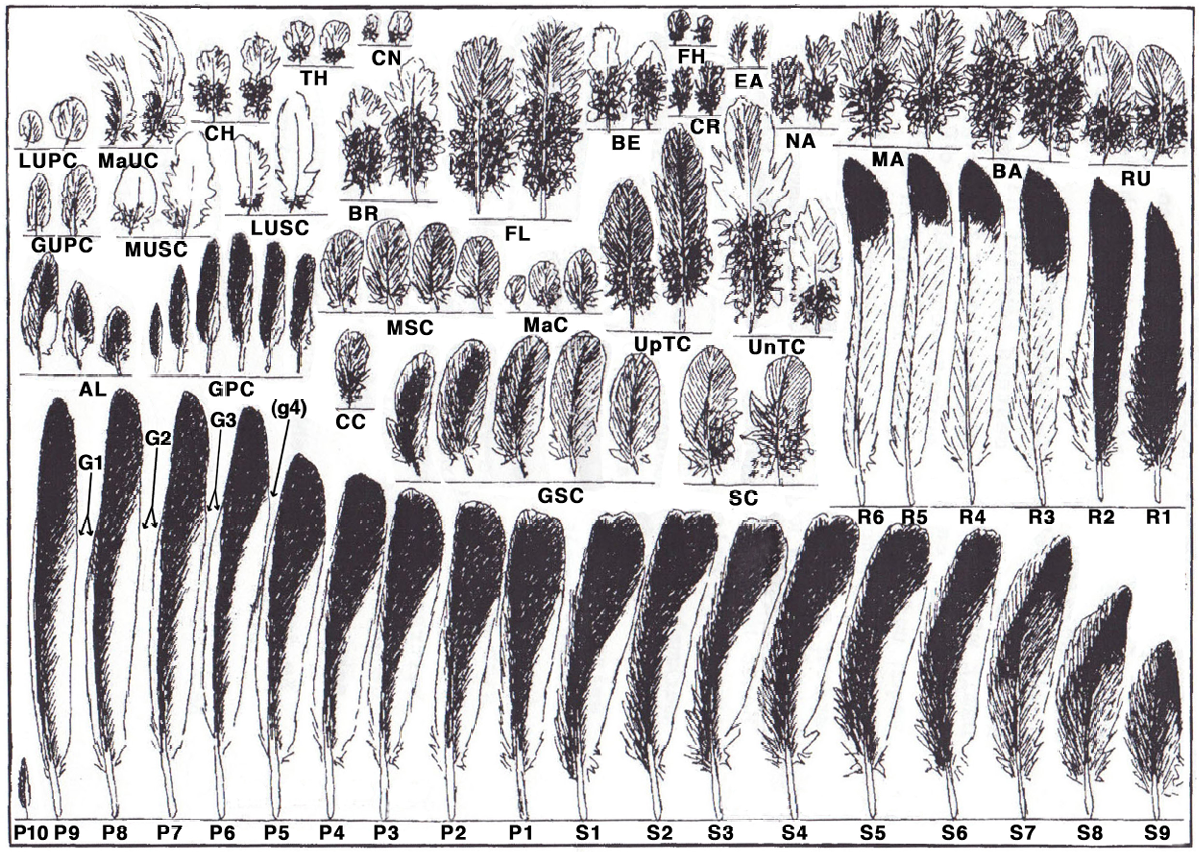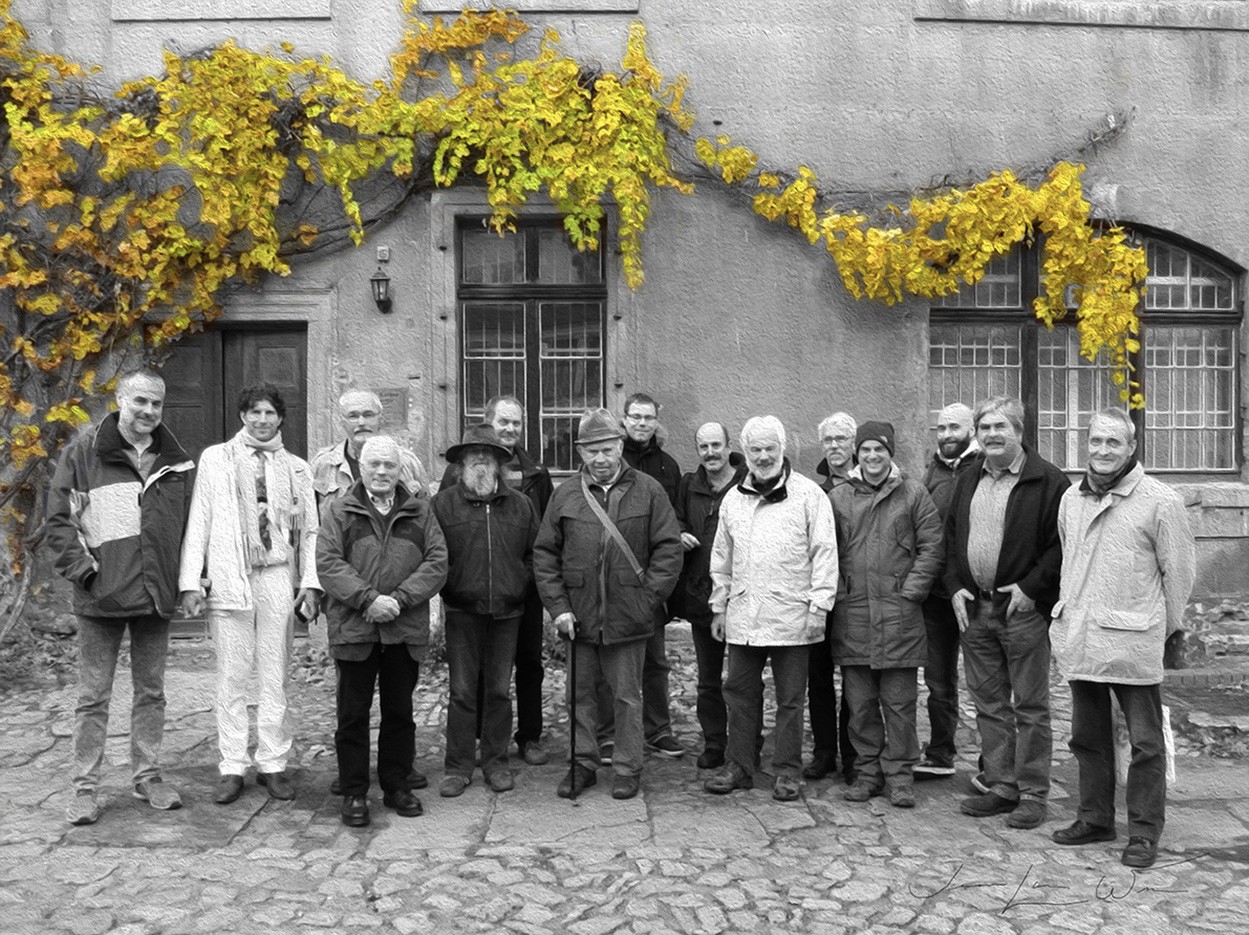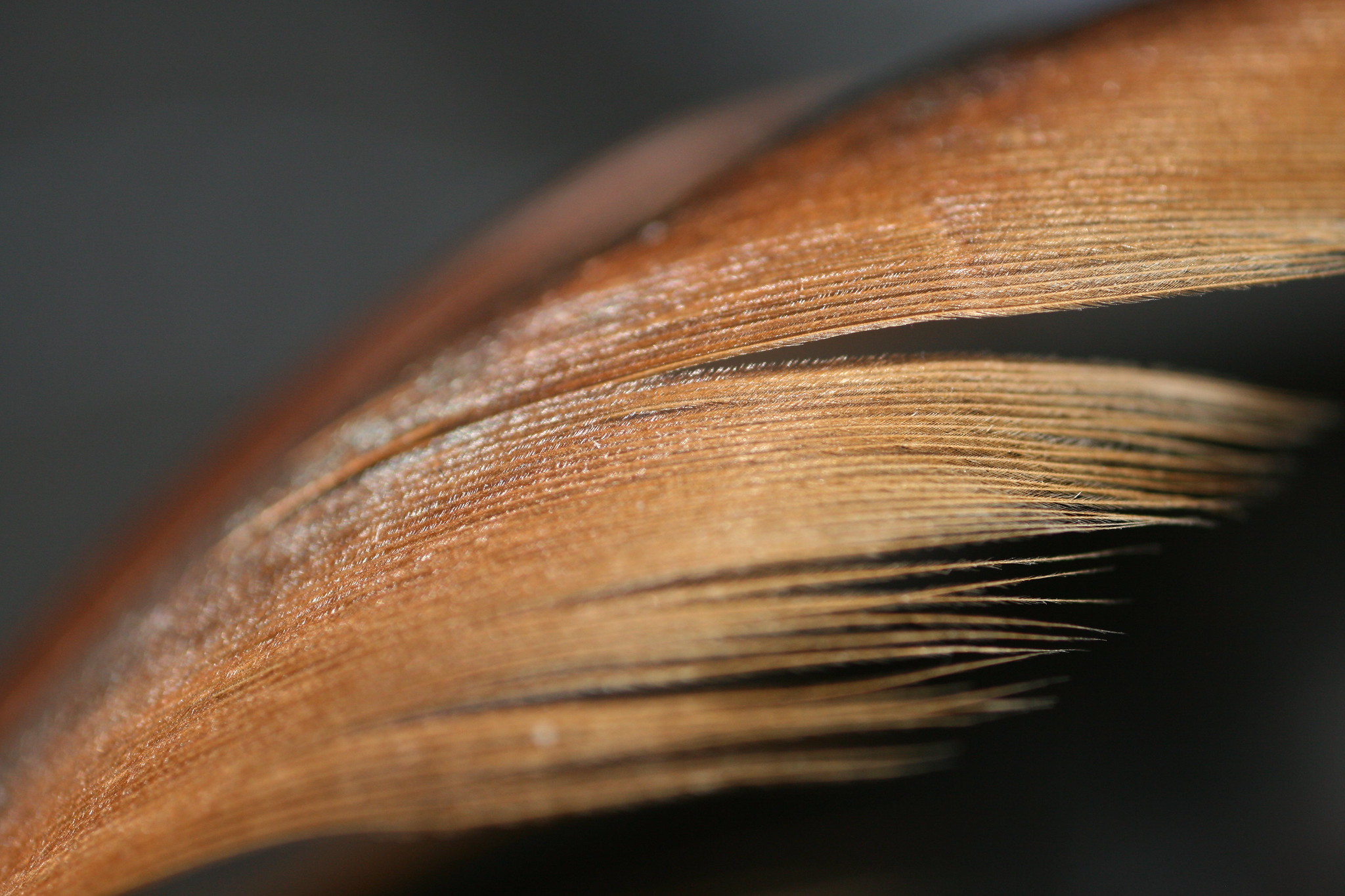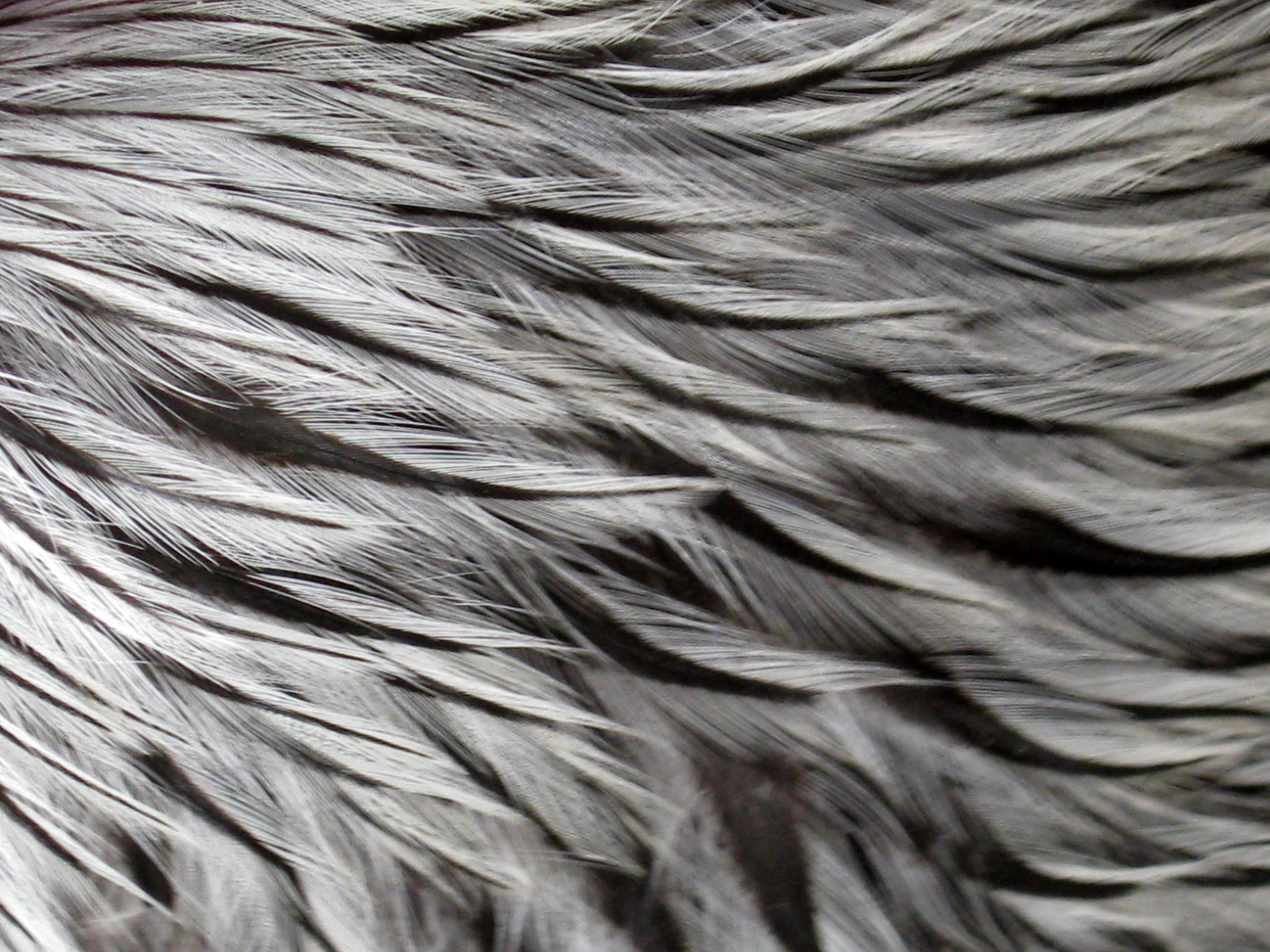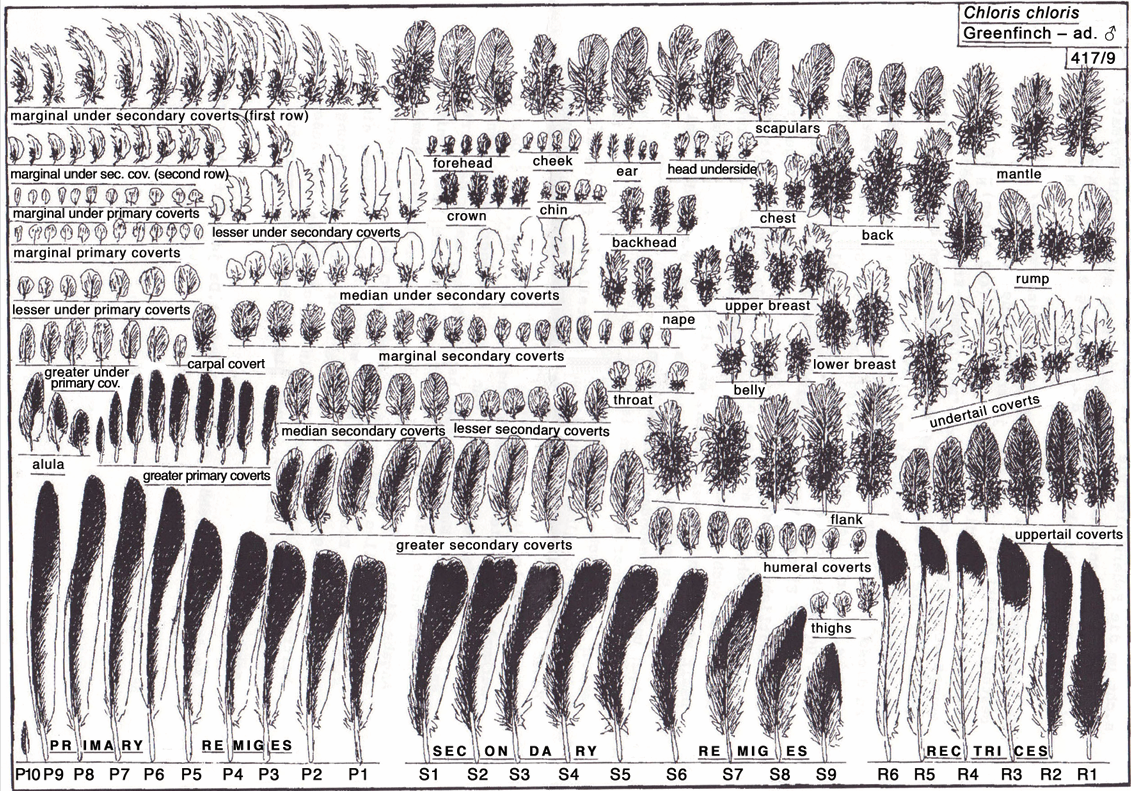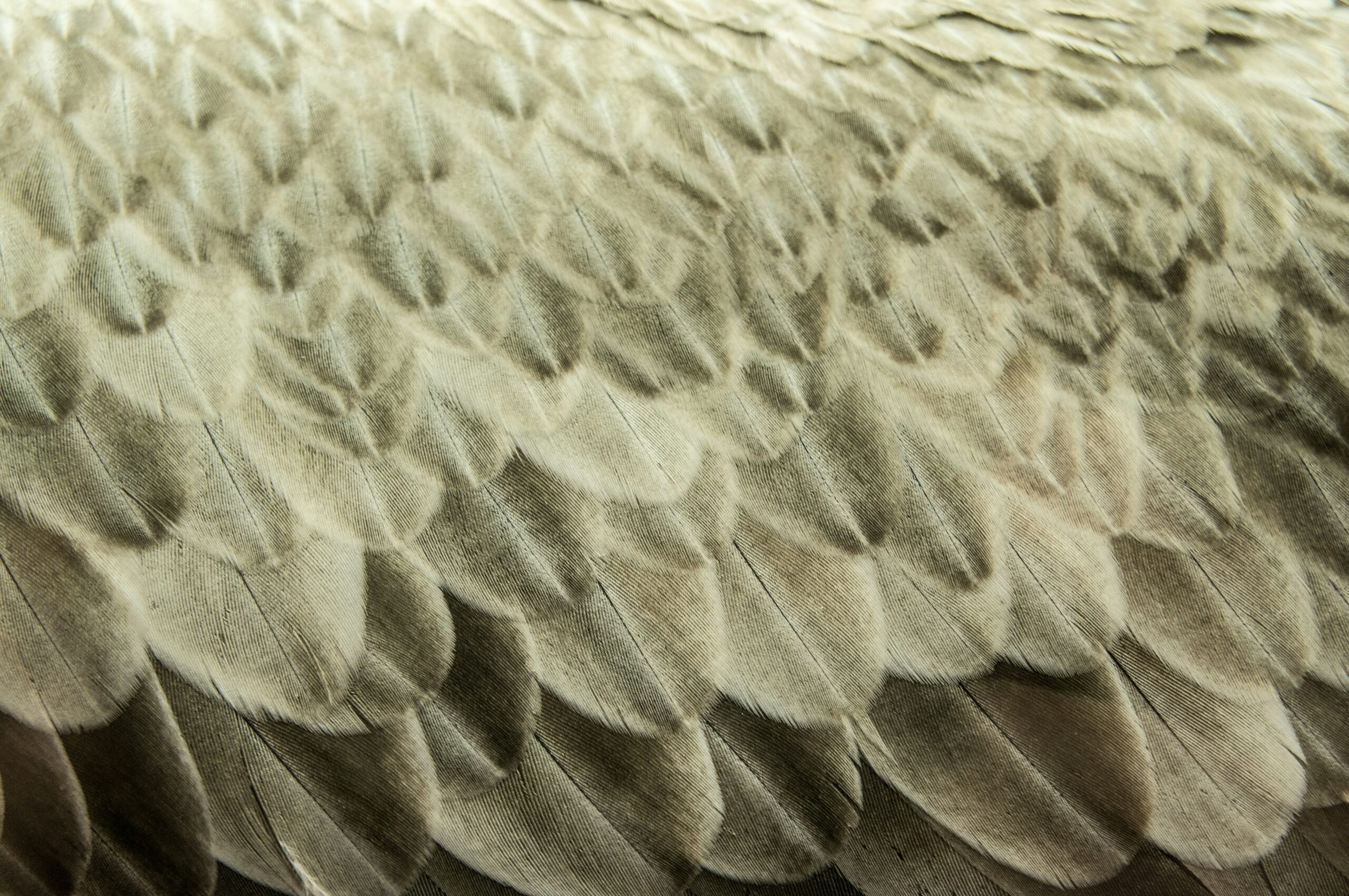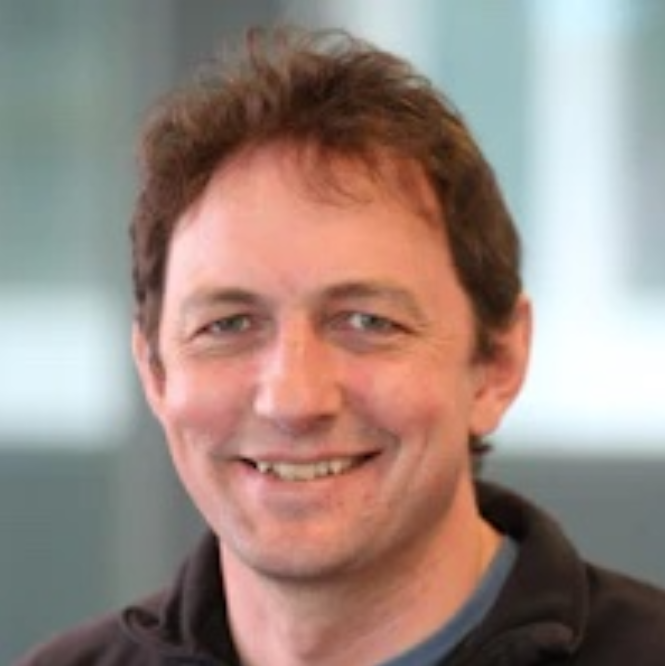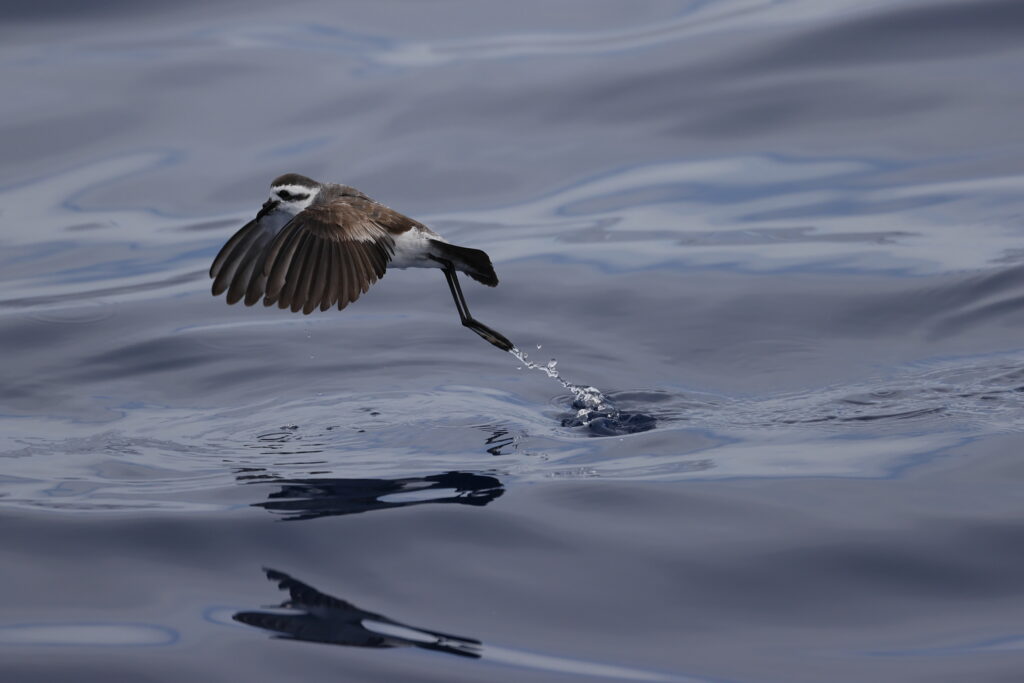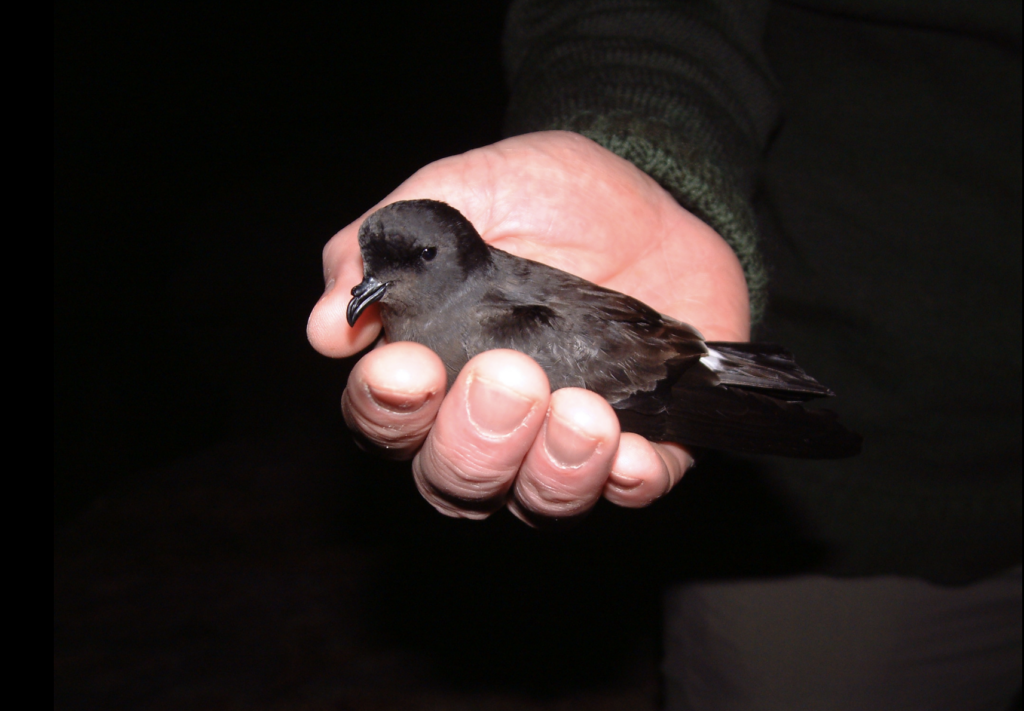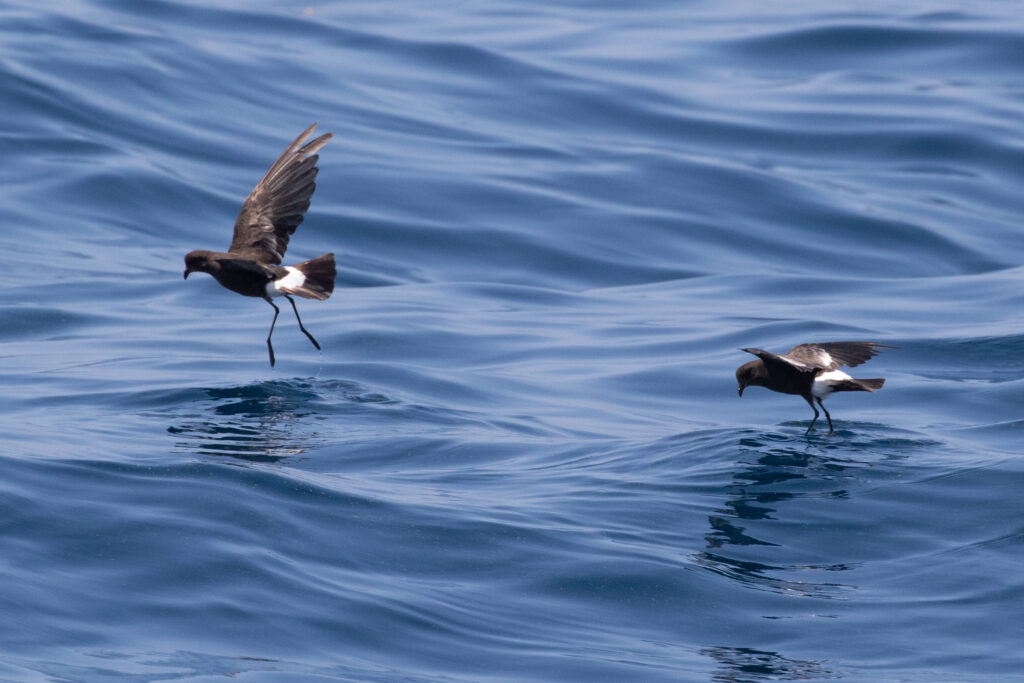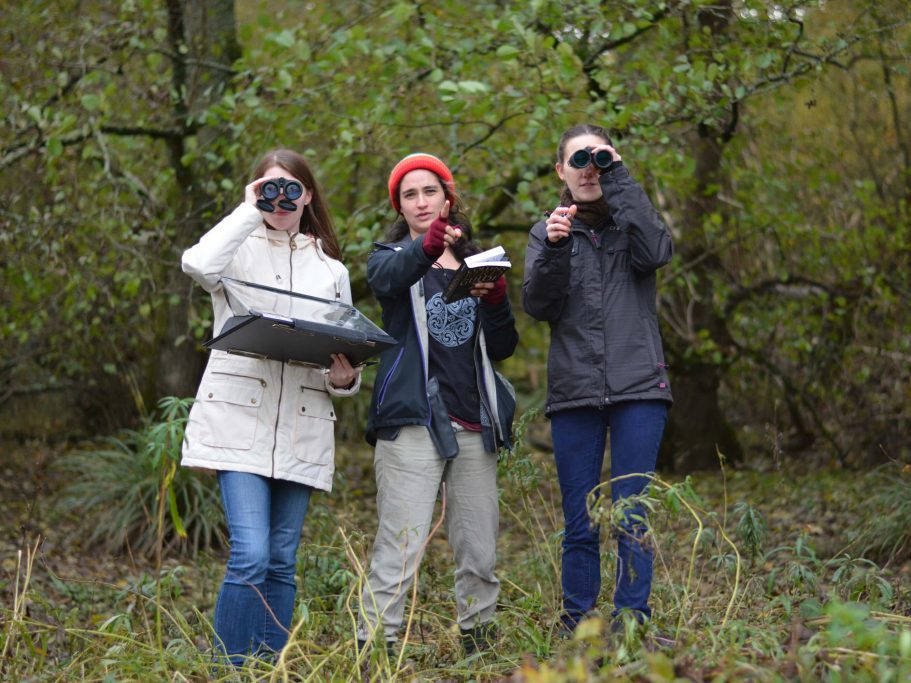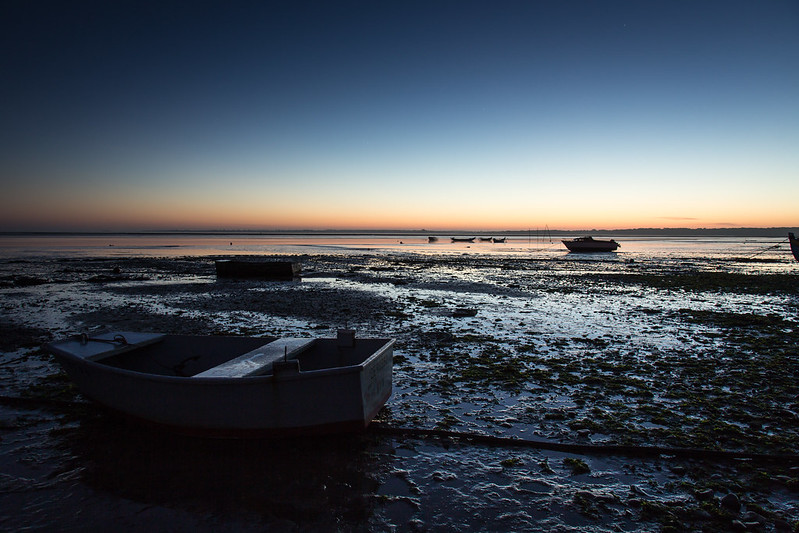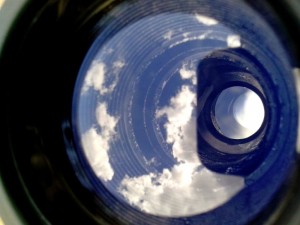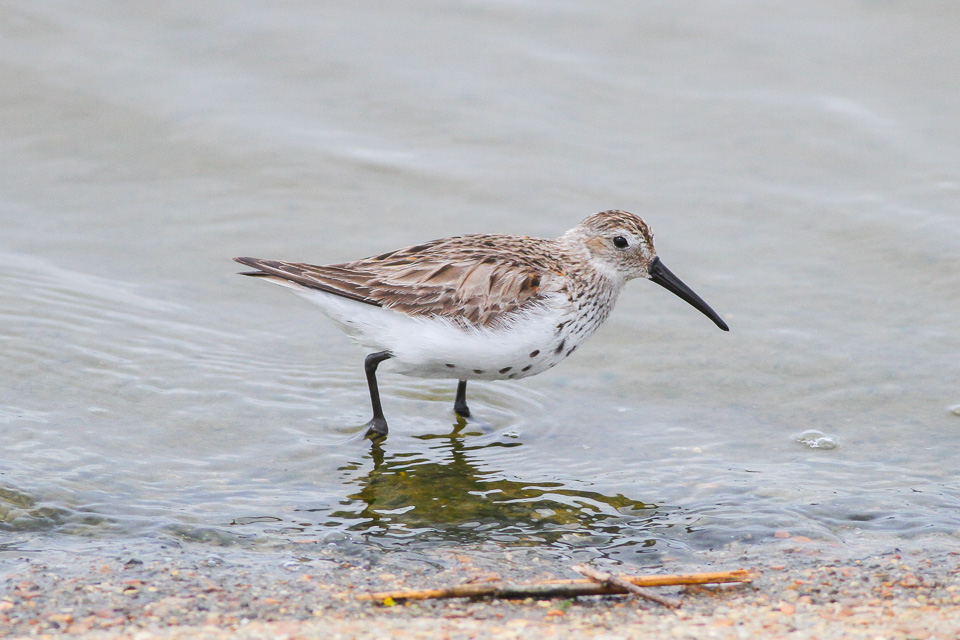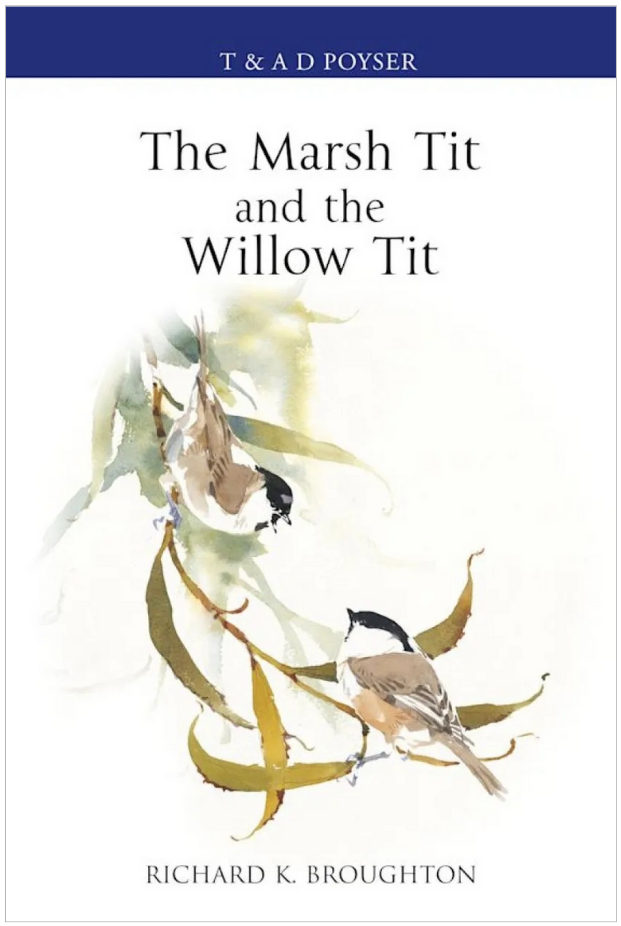 Marking the first monograph for either species, Richard Broughton’s The Marsh Tit and the Willow Tit reveals the remarkable lives of these wonderful little birds. Compiling decades of personal research, as well as a detailed review of external studies from across both Europe and Asia, it explores each species’ taxonomy, food and foraging patterns, social organisation, challenges and conservation, alongside more than 150 illustrations, maps, charts and photographs.
Marking the first monograph for either species, Richard Broughton’s The Marsh Tit and the Willow Tit reveals the remarkable lives of these wonderful little birds. Compiling decades of personal research, as well as a detailed review of external studies from across both Europe and Asia, it explores each species’ taxonomy, food and foraging patterns, social organisation, challenges and conservation, alongside more than 150 illustrations, maps, charts and photographs.
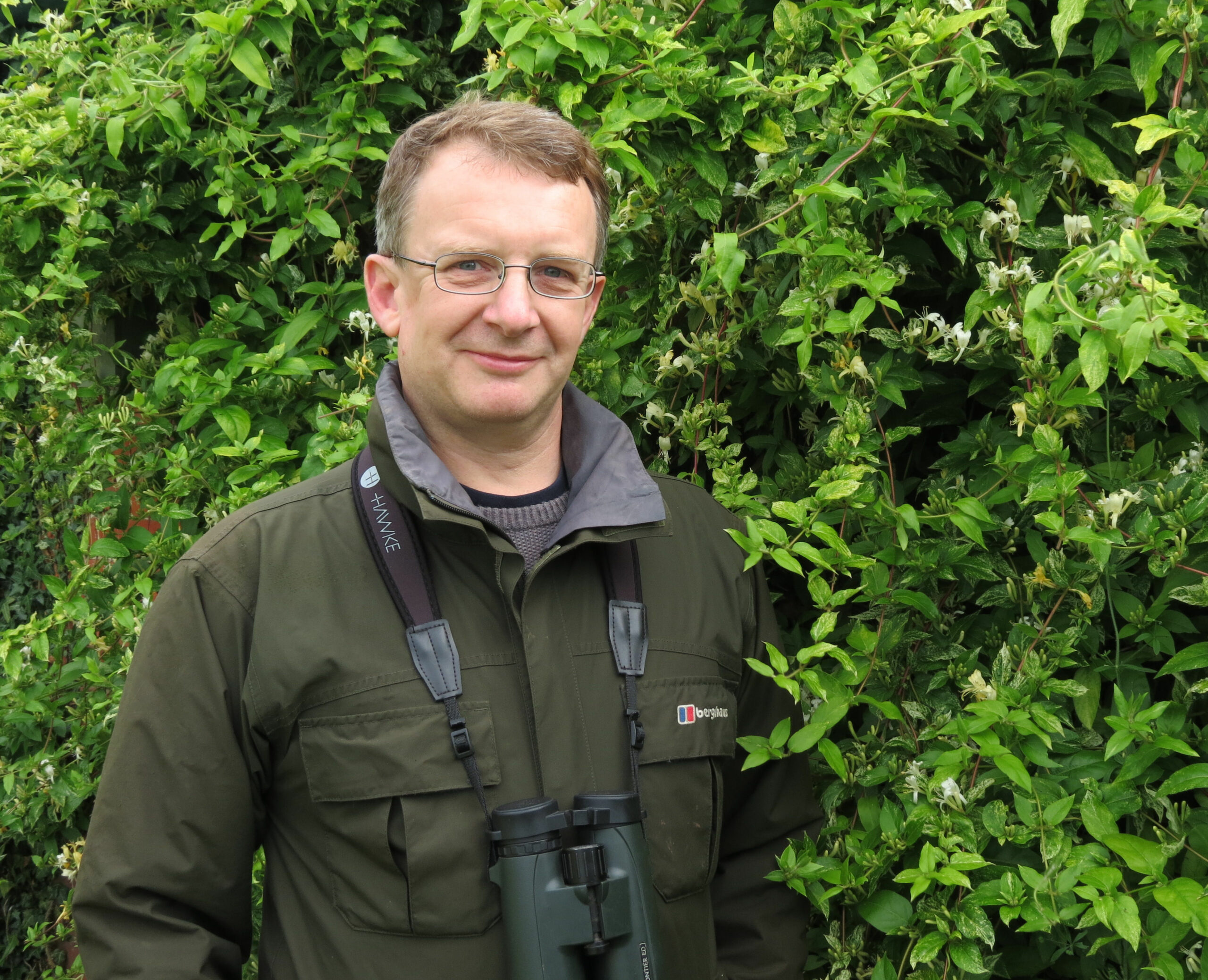 Dr Richard Broughton is a research ecologist with a wealth of experience across birds, mammals, forests and farmland in Great Britain and Europe. He has studied Marsh Tits, Willow Tits and their habitats for over 25 years, and prior to this he completed a Master’s degree in GIS as well as a PhD in Marsh Tit ecology, before joining the UK Centre for Ecology & Hydrology in Cambridgeshire.
Dr Richard Broughton is a research ecologist with a wealth of experience across birds, mammals, forests and farmland in Great Britain and Europe. He has studied Marsh Tits, Willow Tits and their habitats for over 25 years, and prior to this he completed a Master’s degree in GIS as well as a PhD in Marsh Tit ecology, before joining the UK Centre for Ecology & Hydrology in Cambridgeshire.
We recently chatted to Richard about his inspiration for the book, which challenges he faced when developing such a detailed study of these two species and more.
You have studied Willow Tits and Marsh Tits for much of your career. What initially captivated you about these charismatic birds, and what inspired you to write a book about them?
I had Willow Tits on my local patch in Hull when I was a youngster at school, and I had Marsh Tits and Willow Tits around my first office near Huntingdon when I started my science career. Both species were always a bit special and enigmatic – not so common that you saw them every day, but when you did it was like seeing parallel lives going on around you. They’re a lot like us, mostly preferring to live as couples in stable relationships, with busy social lives and a close attachment to their neighbourhood.
From a research perspective, Marsh Tits and Willow Tits are fantastic species to study. They are widespread from Britain to Japan, they’re territorial and they don’t migrate, so the same birds are present all year round and you can really get to know them – how they communicate, organise themselves within their communities and solve the problems of living in different types of woodland, it’s all really fascinating. And there’s so much that we still don’t know, with lots of discoveries to be made, but also some urgency. We don’t fully understand exactly why they’re declining in many areas, so the inspiration for writing the book was partly to bring together all that we know about their ecology and what pressures they’re facing. If Marsh Tits and Willow Tits are struggling, then we need to listen to what this is telling us about our woodlands and forests.
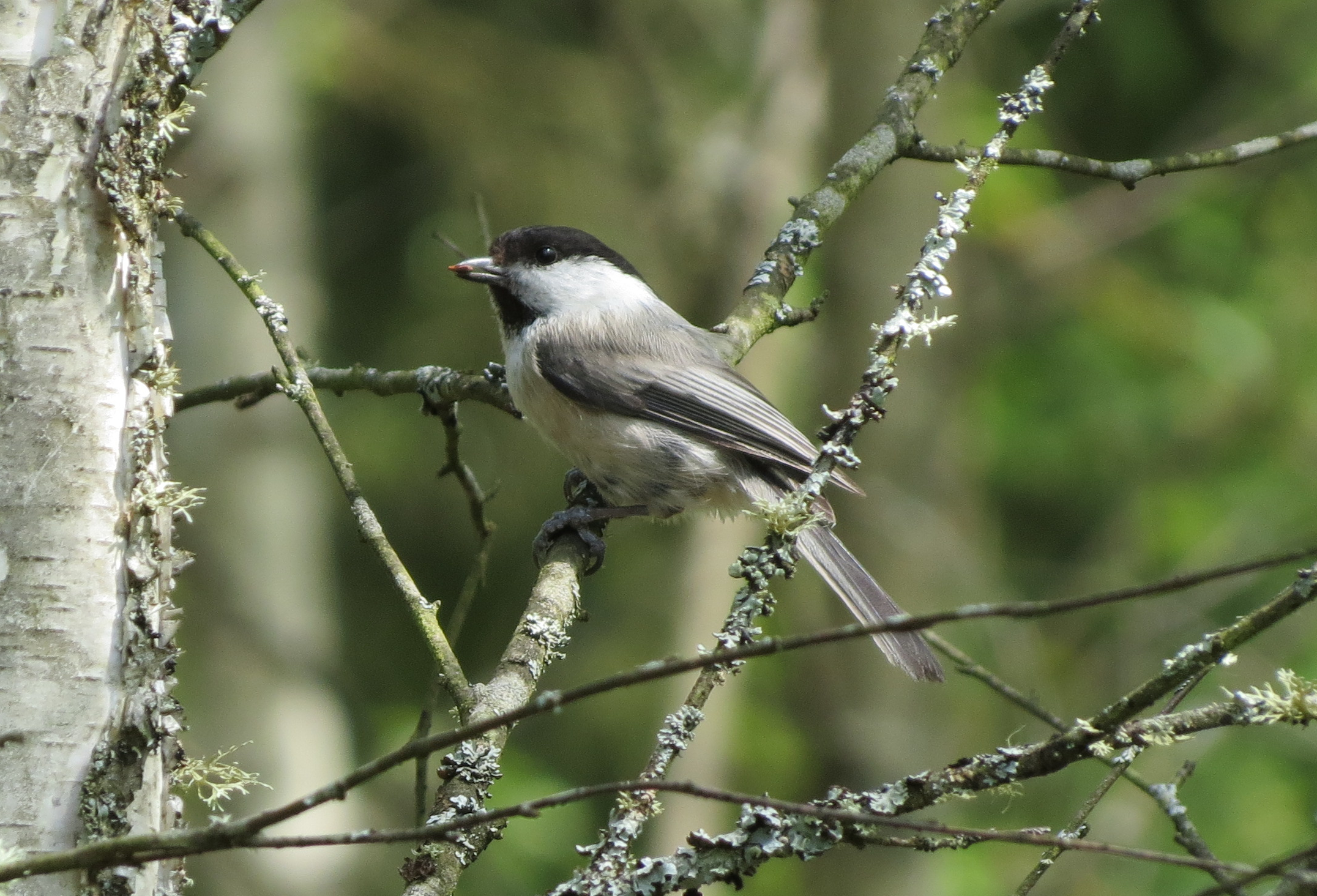 Both species have suffered severe range declines – how can the general public work to better support these birds amid habitat loss and climate change?
Both species have suffered severe range declines – how can the general public work to better support these birds amid habitat loss and climate change?
The main thing is to know where Marsh Tits and Willow Tits are still hanging on, and where they are declining – taking part in surveys and reporting sightings to the county recorders and BirdTrack are great ways of helping to monitor both species. Protecting and expanding their habitat is essential, but for that we need to know where they are, and in what numbers.
It’s also important to realise how we can unintentionally make things harder for Marsh Tits and Willow Tits when we do favours for their competitors. There is growing evidence that increasing numbers of Blue Tits and Great Tits could be harming Marsh Tits and Willow Tits by taking over their nests and dominating their foraging space. The vast scale of bird-feeding in gardens, woodlands and nature reserves is changing our woodland bird communities, and it really boosts the dominant species, which can then put extra pressure on Marsh Tits and Willow Tits. For this reason, it’s important to consider the unintended negative impacts of well-meaning interventions, such as bird-feeding and nestboxes, on more vulnerable species like these.
I was surprised to learn about the ineffectiveness of nest boxes in supporting Marsh and Willow Tit populations in relation to competition. Do you think this is also the case for other species across the UK, and what alternatives could we use to mitigate this issue?
The problem with nestboxes for Marsh Tits and Willow Tits is that they’re far more likely to increase the densities of their dominant competitors, especially Blue Tits. If you add more nestboxes to a woodland then you will get more Blue Tits, but Marsh Tits and Willow Tits don’t work that way.
This is because they have much larger territories, and you could fit 15 pairs of Blue Tits into a typical Marsh Tit or Willow Tit territory. These large areas contain enough natural nest sites for Marsh Tits and Willow Tits, and so these species are limited by the area of woodland habitat and not by tree cavities or deadwood for building their nests. As such, adding nestboxes cannot increase the numbers of Marsh Tits or Willow Tits like it does for Blue Tits.
This shows how it is important to fully understand a species’ ecology for any conservation actions to work. A better solution is to promote diverse, wilder woodlands that have plenty of opportunities for Marsh Tits, Willow Tits and other woodland species at more natural densities. If not over-managed, woodland can quite quickly develop enough nesting sites on its own.
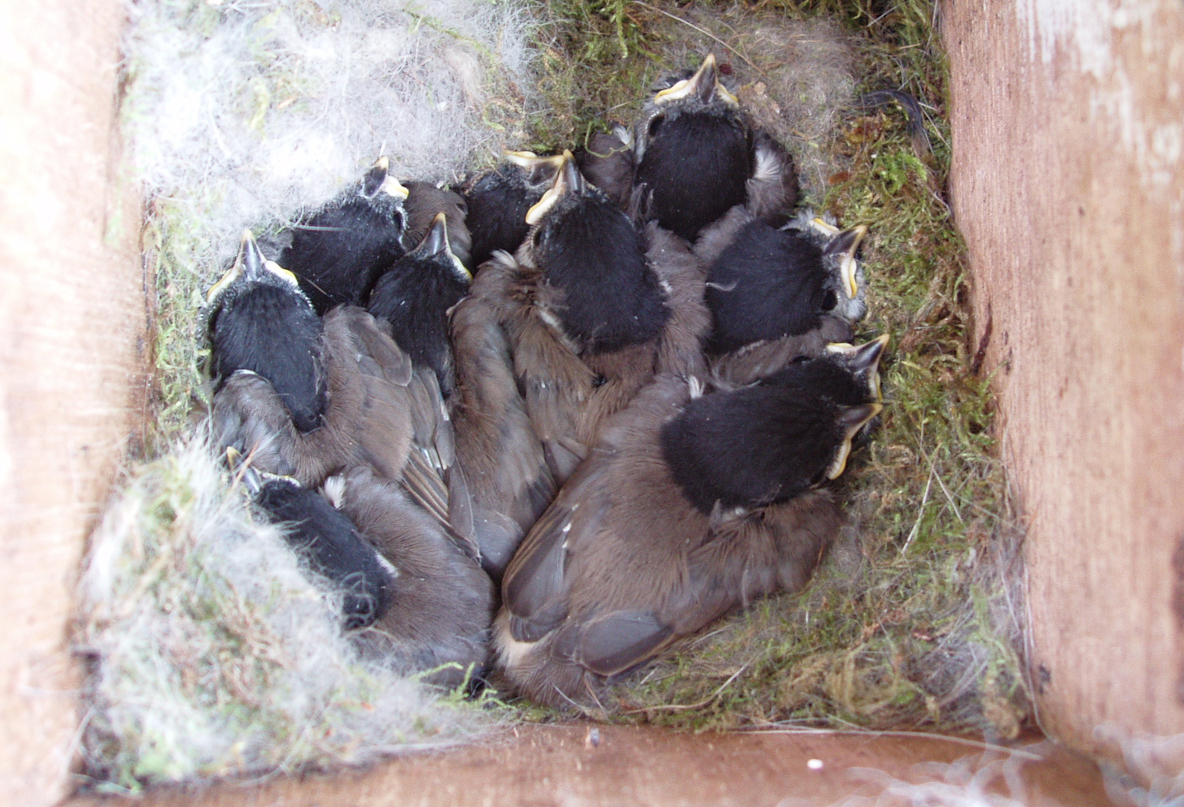
Within the book you mention the woodland restoration projects being undertaken in Scotland, which are striving to establish woodlands to support native species, including Marsh Tits and Willow Tits. Can re-establishing these complex habitats truly help to encourage population growth? And what would be your main recommendations for large-scale restoration projects with these species in mind?
Expanding woodland habitat is a good way to help buffer Marsh Tits and Willow Tits from population declines, as the losses in Britain are greatest in areas of more fragmented habitat. In Finland, too, logging and habitat loss is driving population declines. Increasing the amount of woodland reduces habitat fragmentation, which in turn helps birds to disperse across the landscape and provides space for more breeding pairs, so it can only help. The natural range of Willow Tits, and probably of Marsh Tits, once covered much of Scotland, and so restoring forest cover in that country could help to re-establish their populations.
Looking ahead, Scotland could eventually provide an important refuge for Marsh Tits and Willow Tits, being further from the intensive agriculture, urbanisation and more intense warming of southern Britain. We can look to other natural and regenerating forests in Europe to see what this restoration could look like in Scotland and elsewhere in Britain – varied tree density and structural diversity, lots of standing and fallen deadwood, and plenty of water in streams, pools and soils. Where we still have such places in Europe, like in Poland’s Bia?owie?a Forest, then Marsh Tits and Willow Tits both find places to live in different parts of the same woodland.
The Marsh Tit and the Willow Tit is very thoroughly researched and includes an extensive breadth of information. Did you encounter any challenges when developing such a detailed study of these two species?
I was lucky that there have been major studies of Marsh Tits and Willow Tits in Europe over the past century, and I have been involved with several of them in recent decades, so I was familiar with their findings. For other studies, it has never been easier to find and access published papers and reports online, and even to translate them automatically.
Nevertheless, it was still quite challenging to find many studies from Asia, which is where more than half of the world’s Marsh Tits and Willow Tits are thought to live, along with their closest relatives, the Black-bibbed Tit, Caspian Tit and Sichuan Tit. This is slowly changing, as more research is being done in China, Japan and South Korea, but there are still large gaps. In Europe, too, we still know relatively little about Marsh Tits or Willow Tits in some regions. Even in Britain, the recent discovery of a previously unknown population of Marsh Tits in the Scottish Borders shows that we still have things to learn!
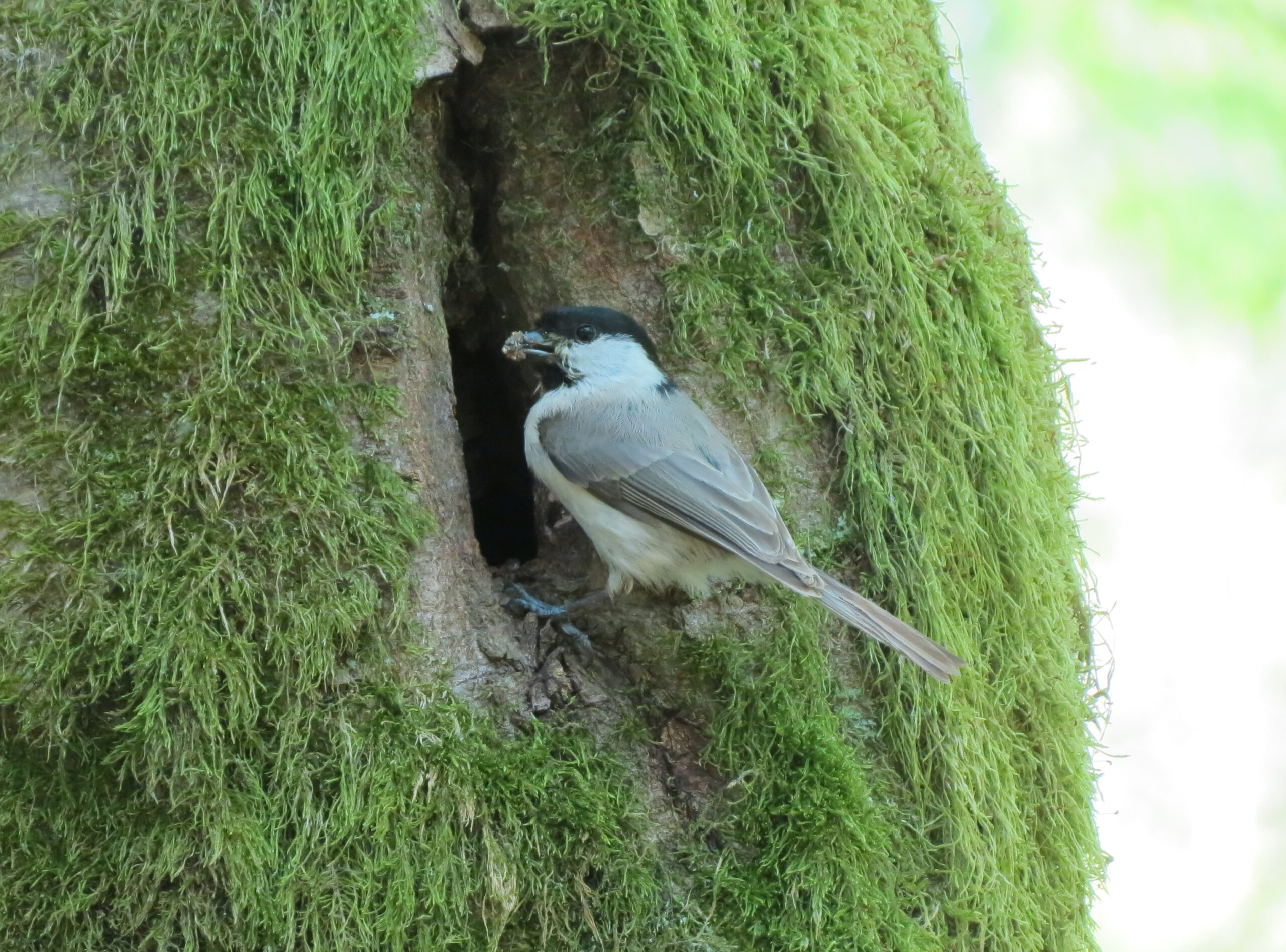 What have been some of your favourite moments while researching this book? And did any of your discoveries surprise you?
What have been some of your favourite moments while researching this book? And did any of your discoveries surprise you?
It’s been a great pleasure to look back through all of the previous studies of Marsh Tits and Willow Tits and pay tribute to the dedicated researchers who spent so many years in the woods and forests, peering into the lives of these little birds. What shone through for me is just how connected the forest ecosystem really is. Marsh Tits and Willow Tits are part of a complex web of life, with some really surprising relationships. For example, Bison and Red Deer stripping bark from trees helps to create the cavities that are the Marsh Tit’s favourite nest sites. Meanwhile, Willow Tits forage on carrion from Wolf kills, which helps them to survive northern winters. At the other end of the spectrum, Marsh Tits and Willow Tits both drink nectar from blossom and might be significant pollinators of woodland shrubs, and they might also be seed dispersers for some woodland plants.
We’re just starting to understand these relationships, but in many parts of Europe they have been broken by the loss of forest species, such as large mammals. It’s exciting to think that nature restoration and rewilding could rebuild some of these ecological networks in our woodlands. Again, there’s still so much to learn about Marsh Tits and Willow Tits, but getting to know them opens a window into the wider forest ecosystem, and the more you look, the more you find.
Finally, what is occupying your time now? Are there new books on the horizon that you can tell us about?
I’m still monitoring my Marsh Tit population at Monks Wood in Cambridgeshire, coming up to 24 years of study, and I’m busy with interesting research at UKCEH on hedgerows, woodland regeneration, sustainable farming and nature restoration. In the past year I’ve been busy as the new Editor in Chief of the BTO’s scientific journal Bird Study, helping other researchers to publish their studies. I’m also still involved with research at the Biaowiea Forest in Poland, which always has exciting opportunities, and last spring I was there finding the nests of Marsh Tits, Willow Tits and Wood Warblers. The Wood Warbler is another declining woodland bird that has lots of really fascinating and surprising behaviour, and that’s another species that I think could be worth writing about.
 The Marsh Tit and the Willow Tit is available to order from our online bookstore here.
The Marsh Tit and the Willow Tit is available to order from our online bookstore here.

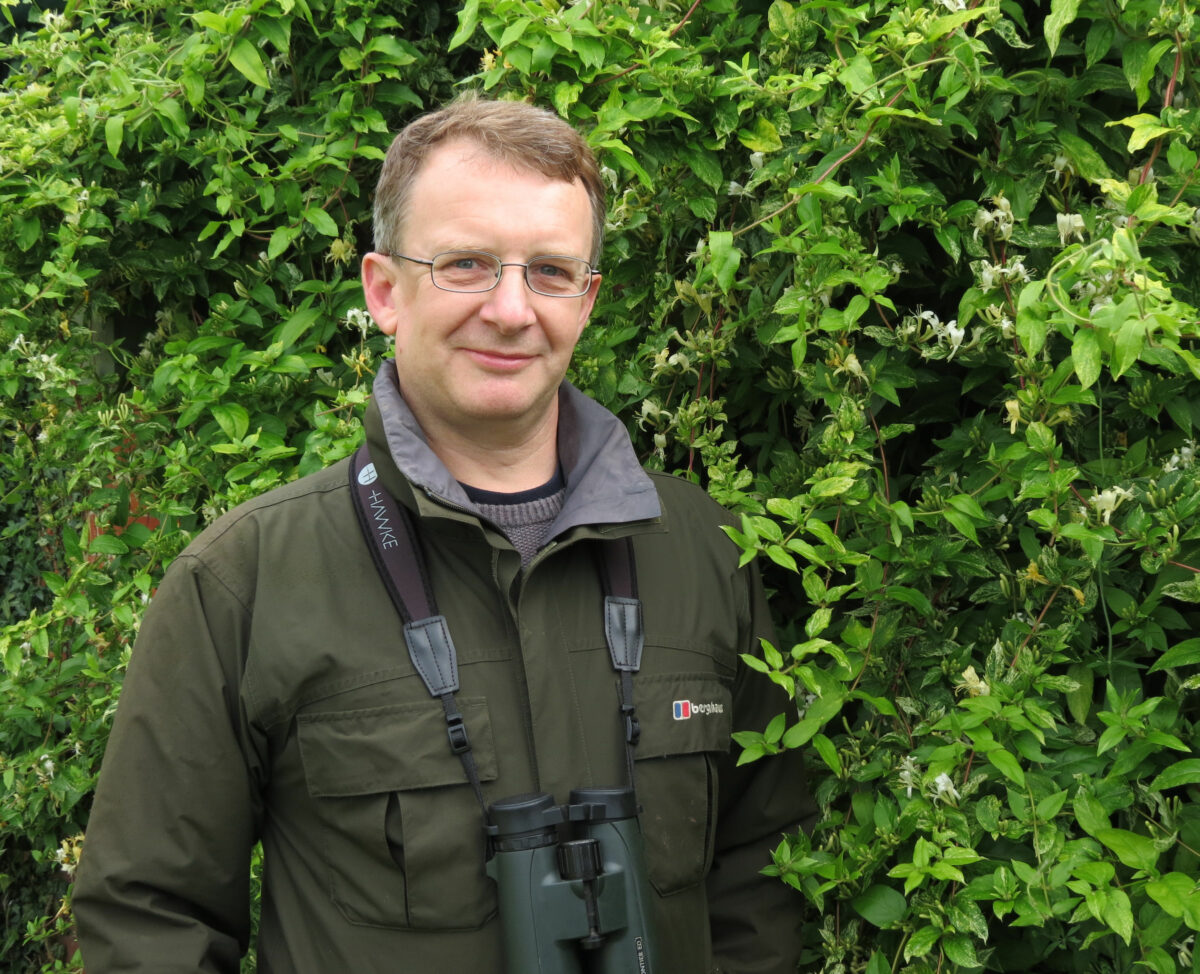
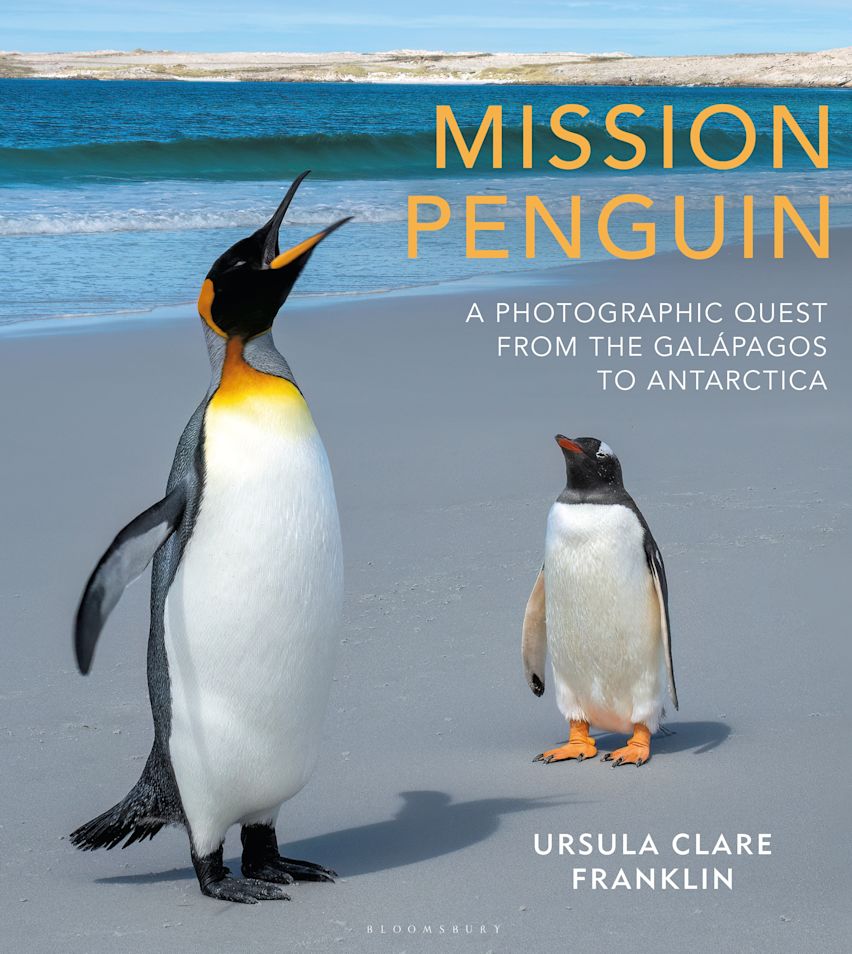
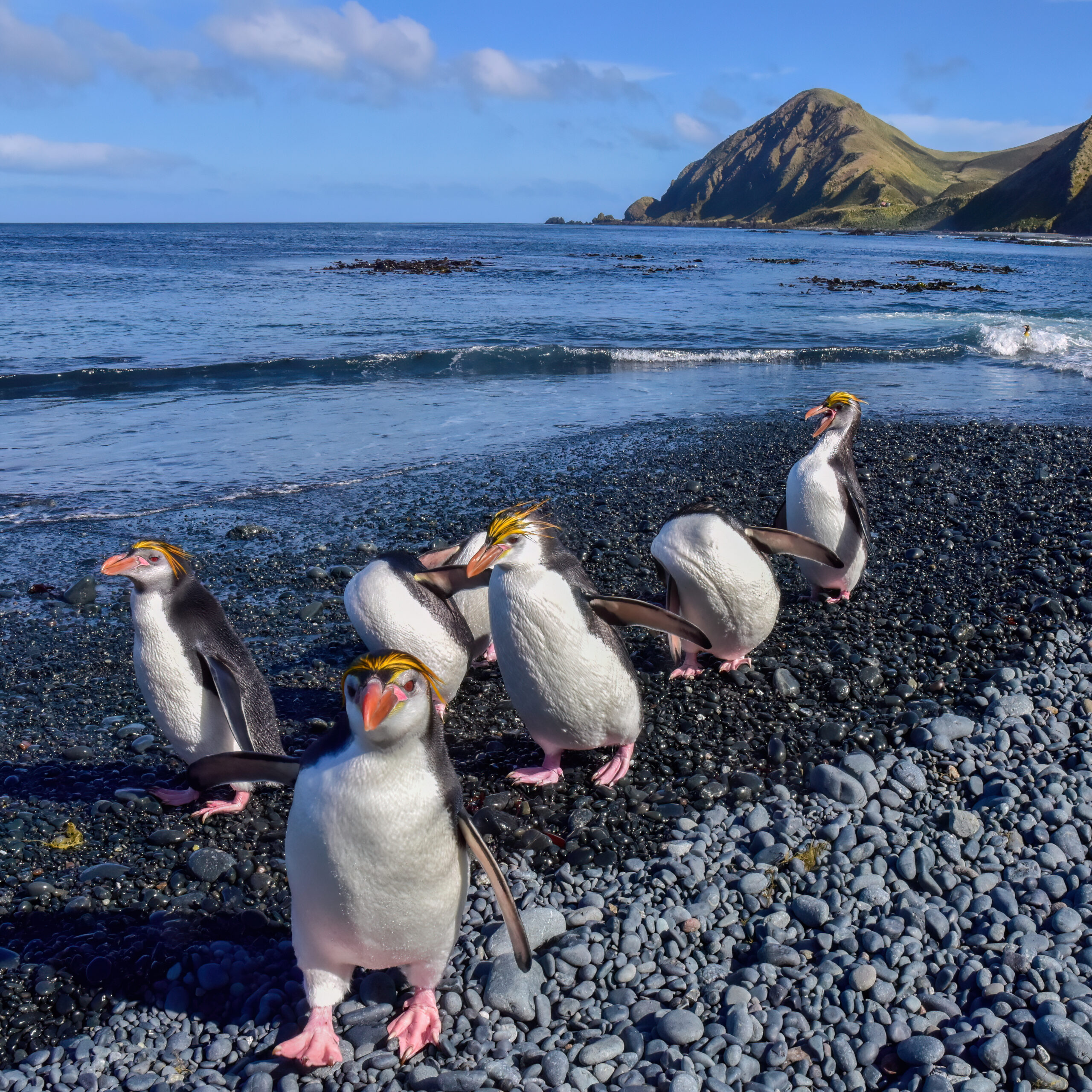
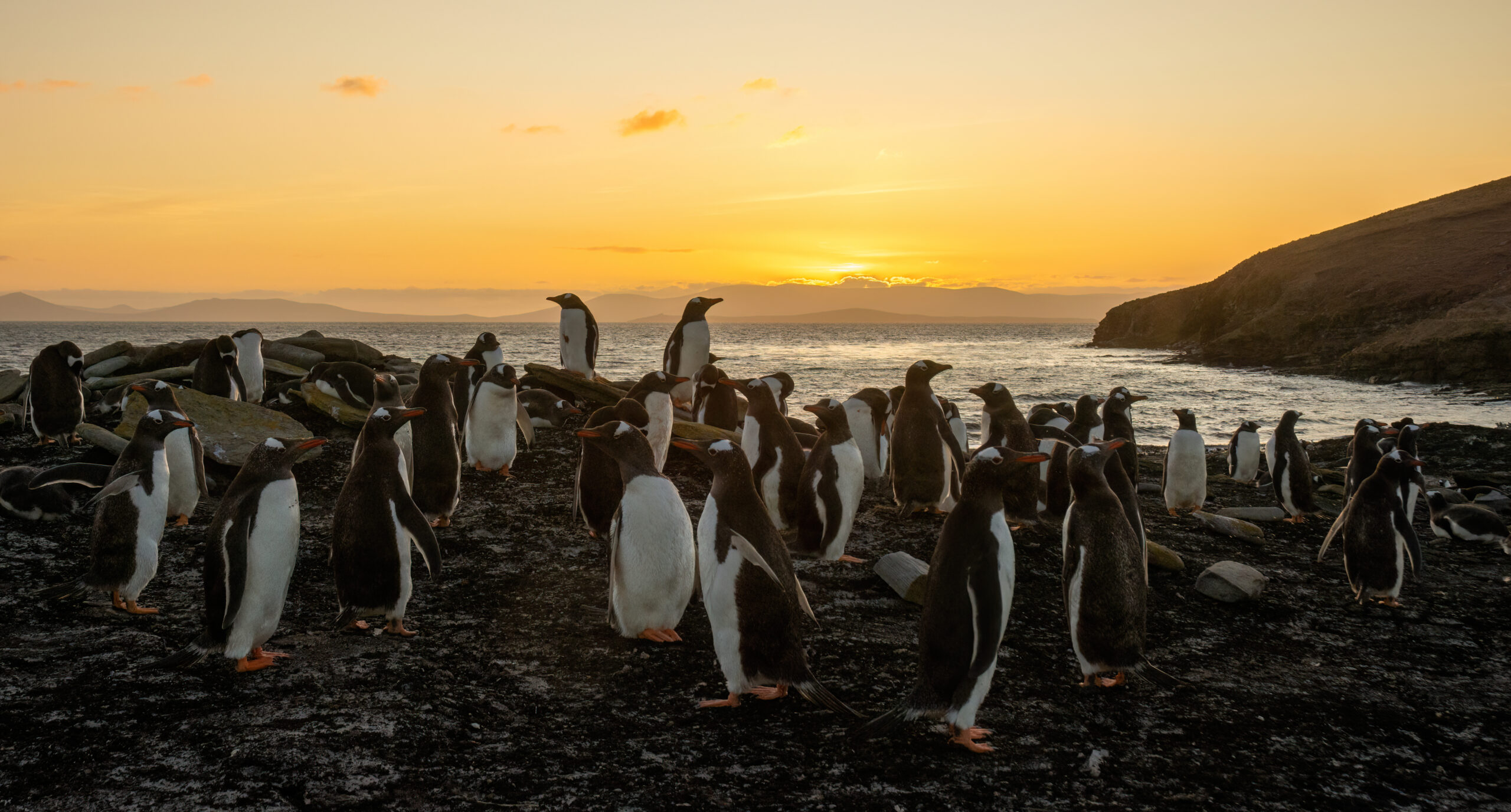
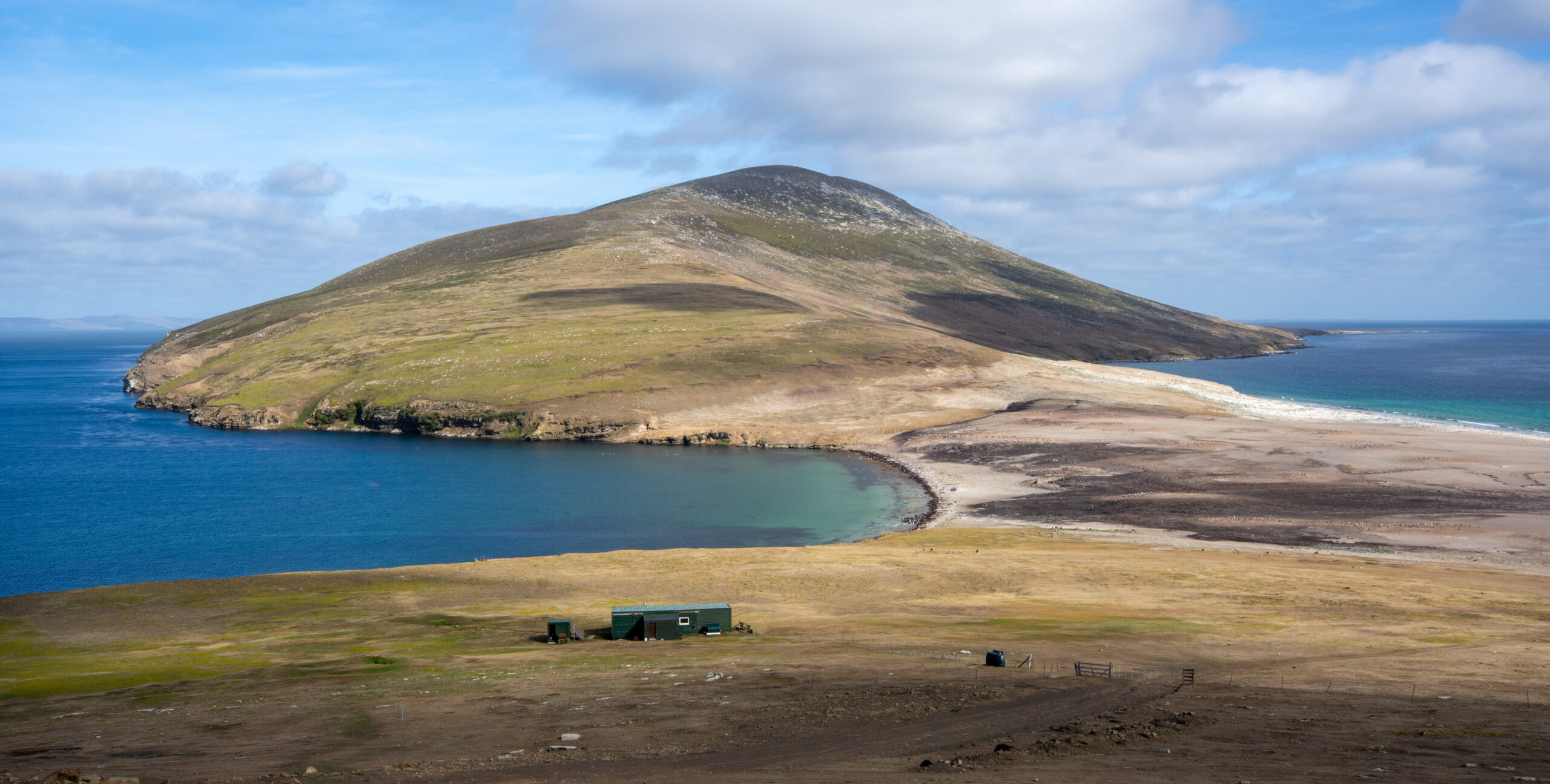
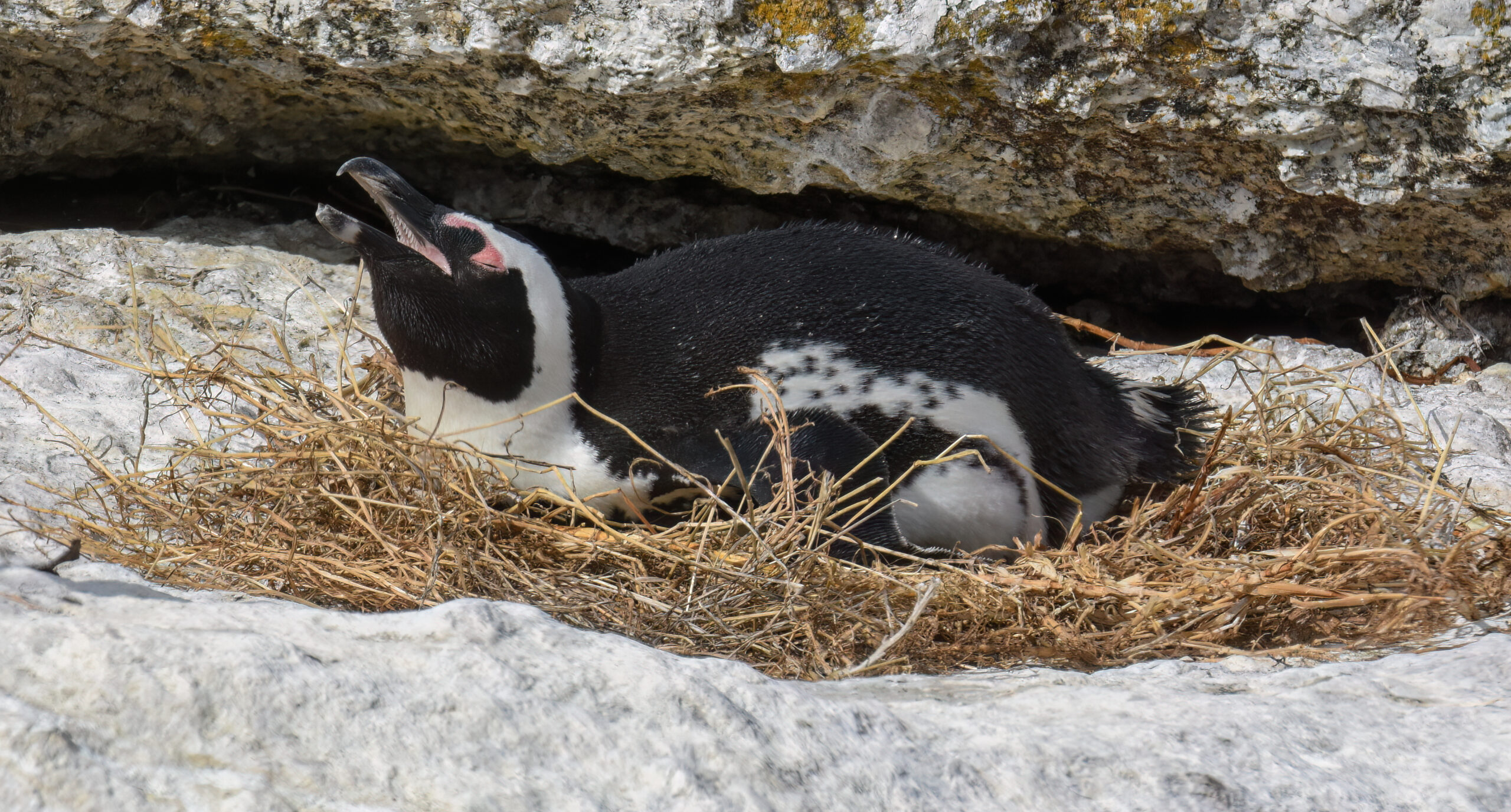

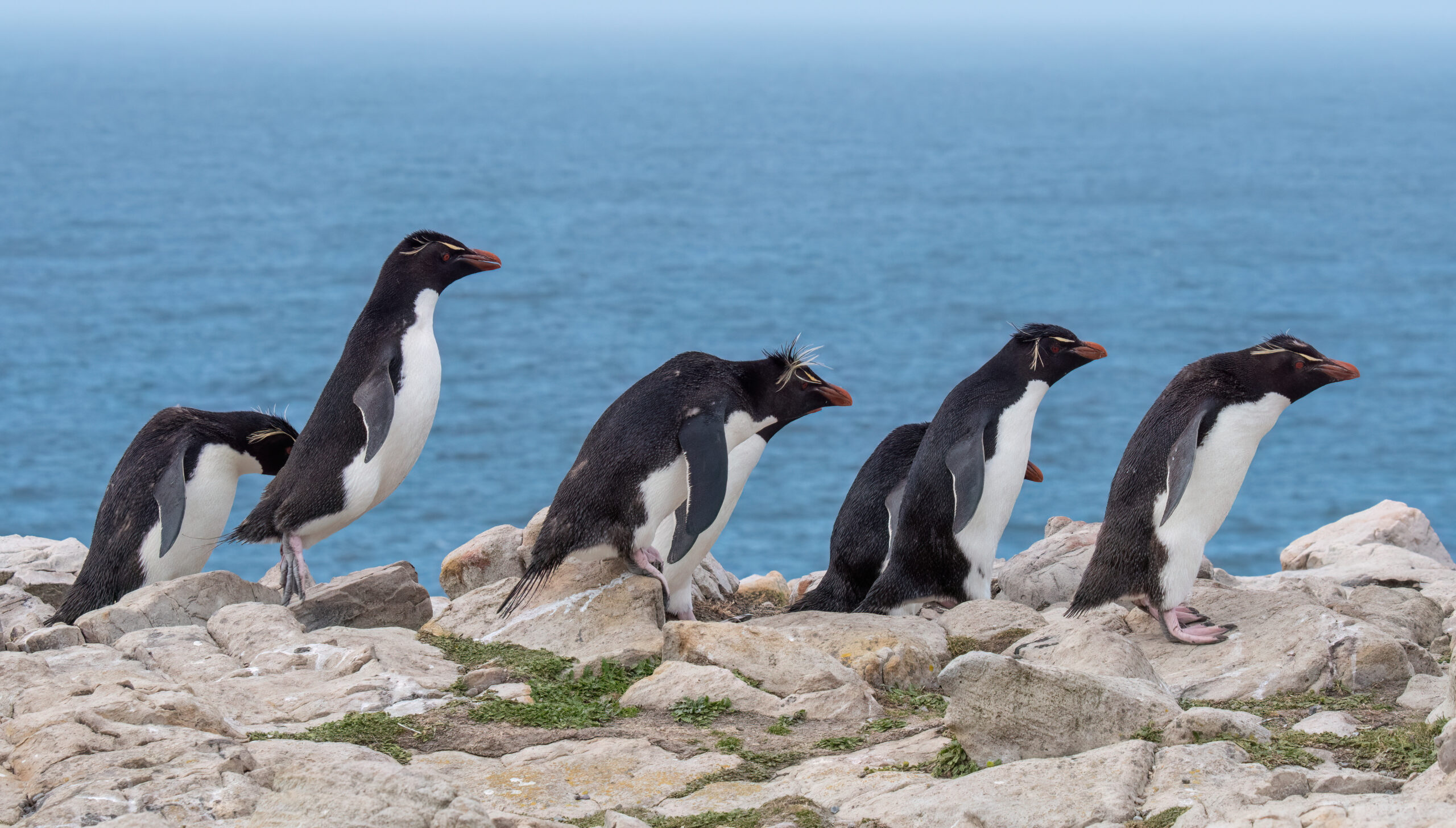



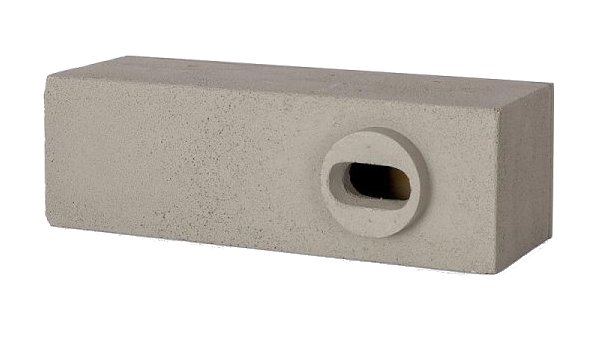
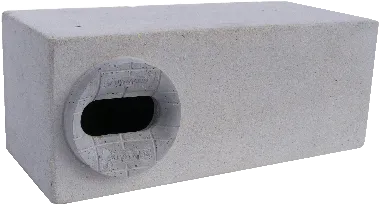
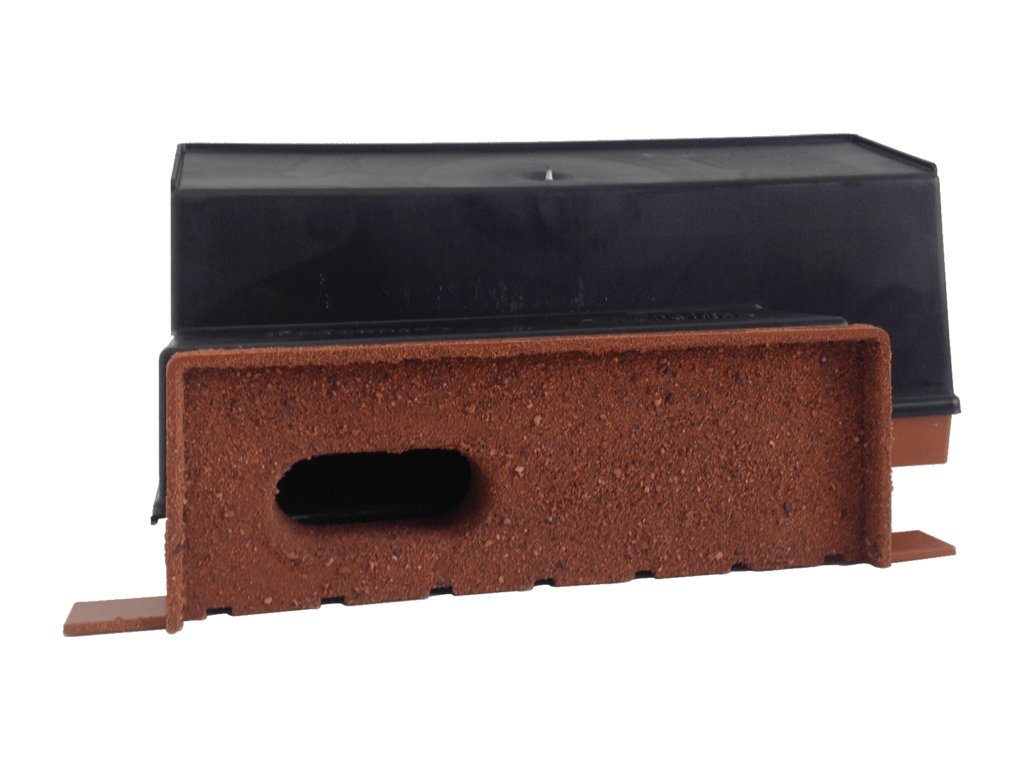
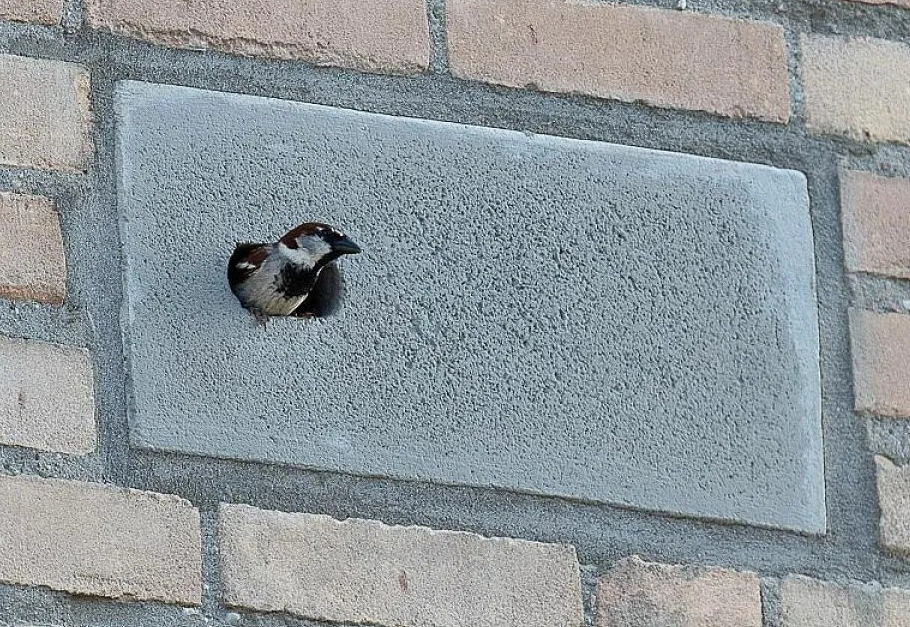

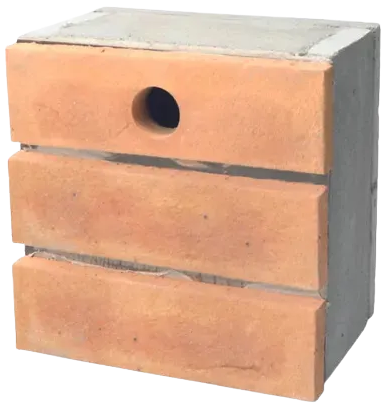
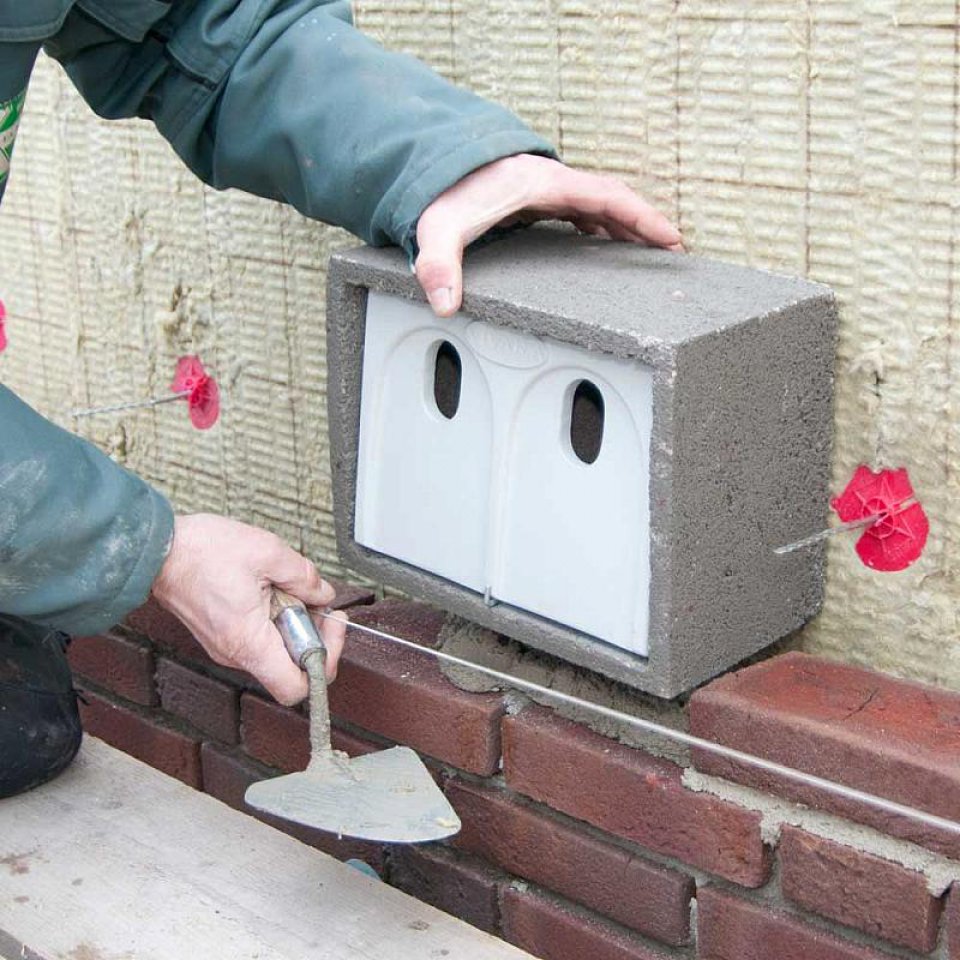
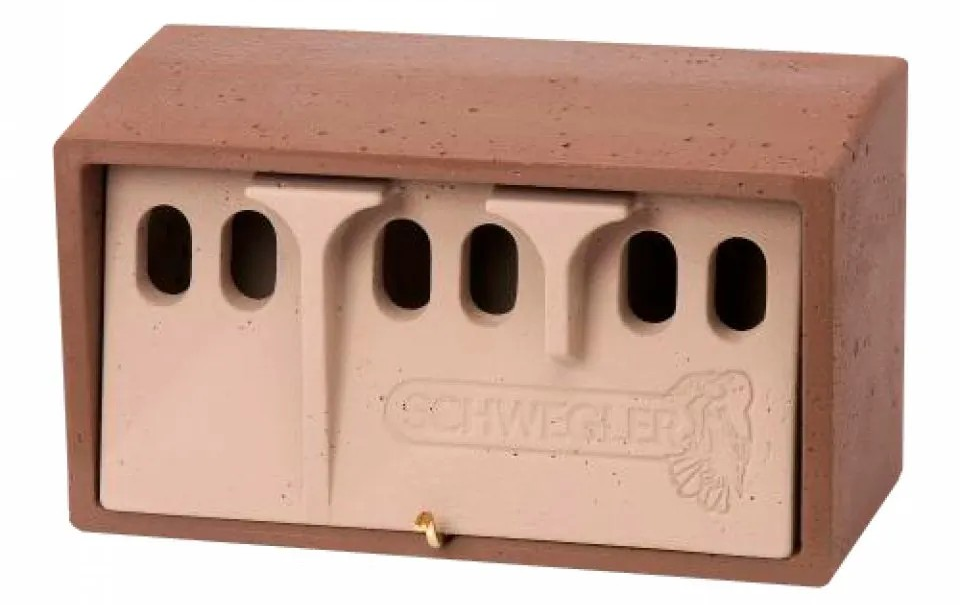
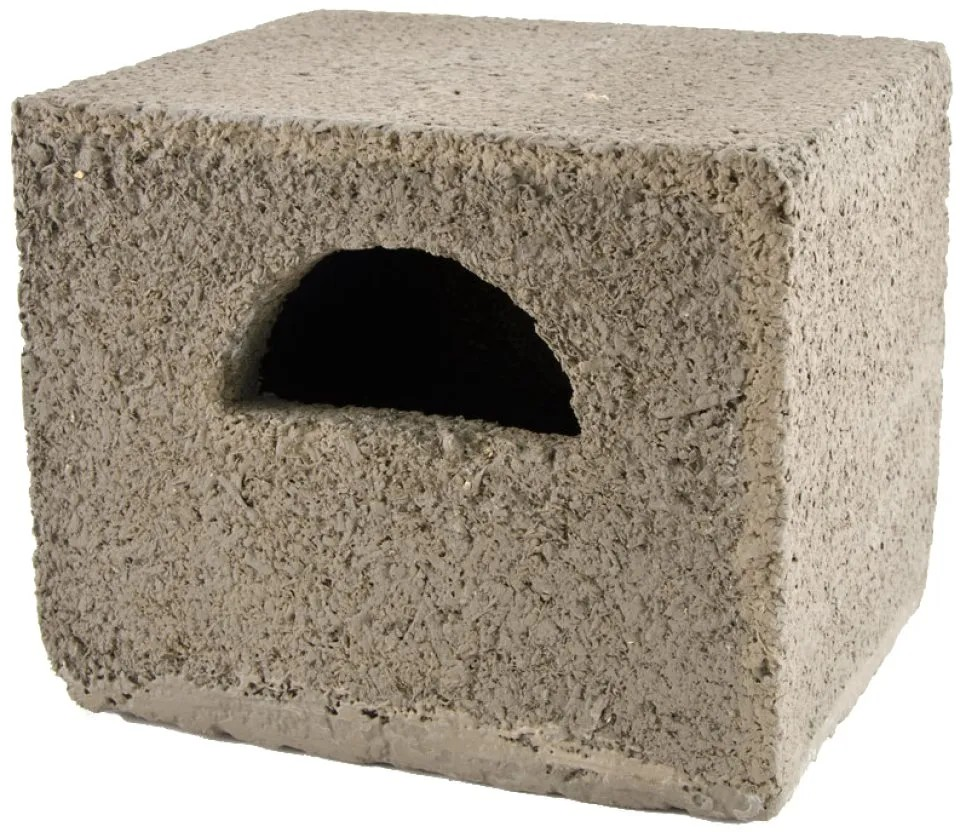
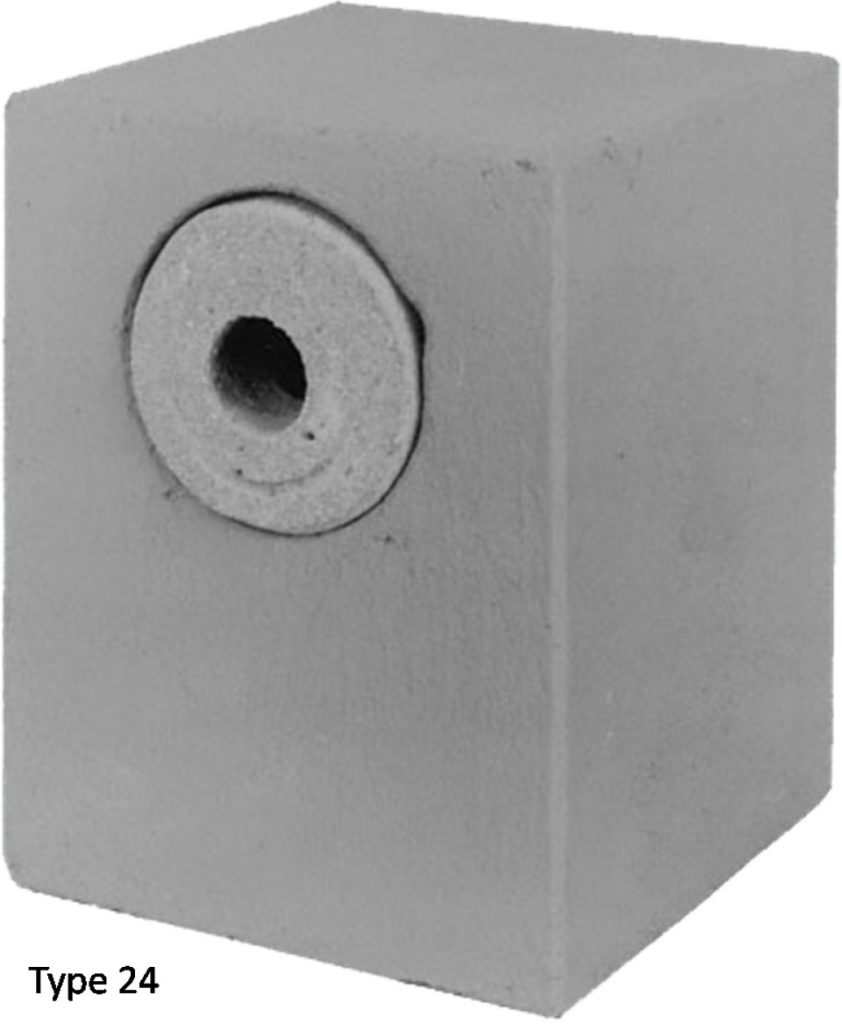
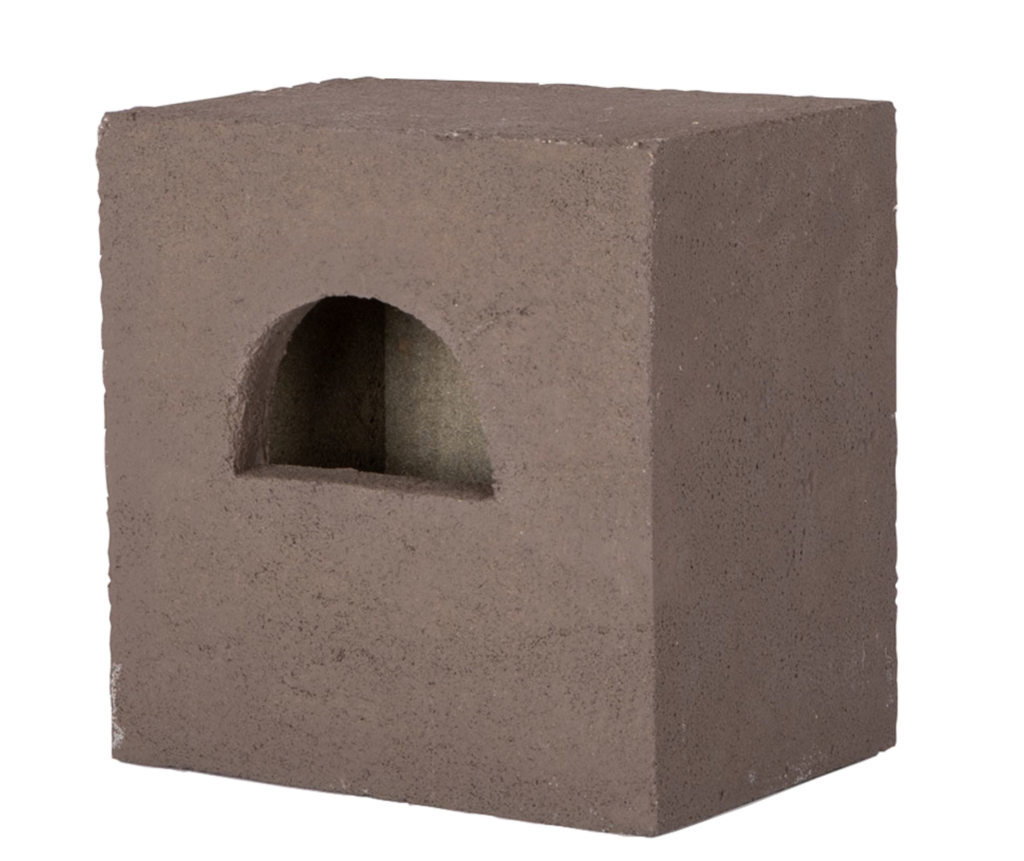
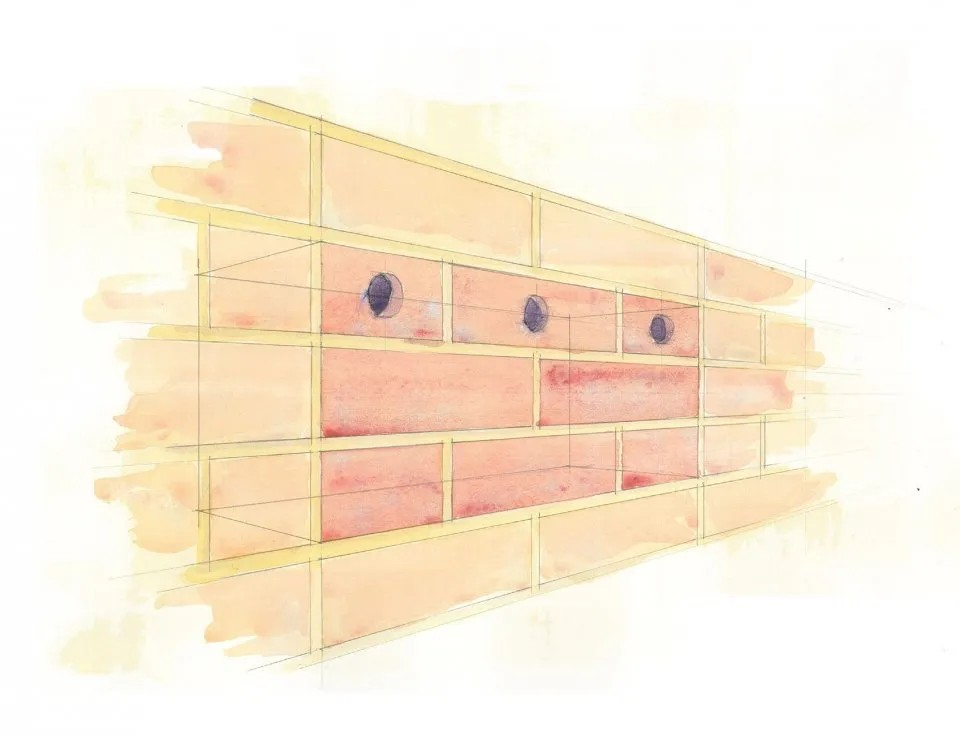
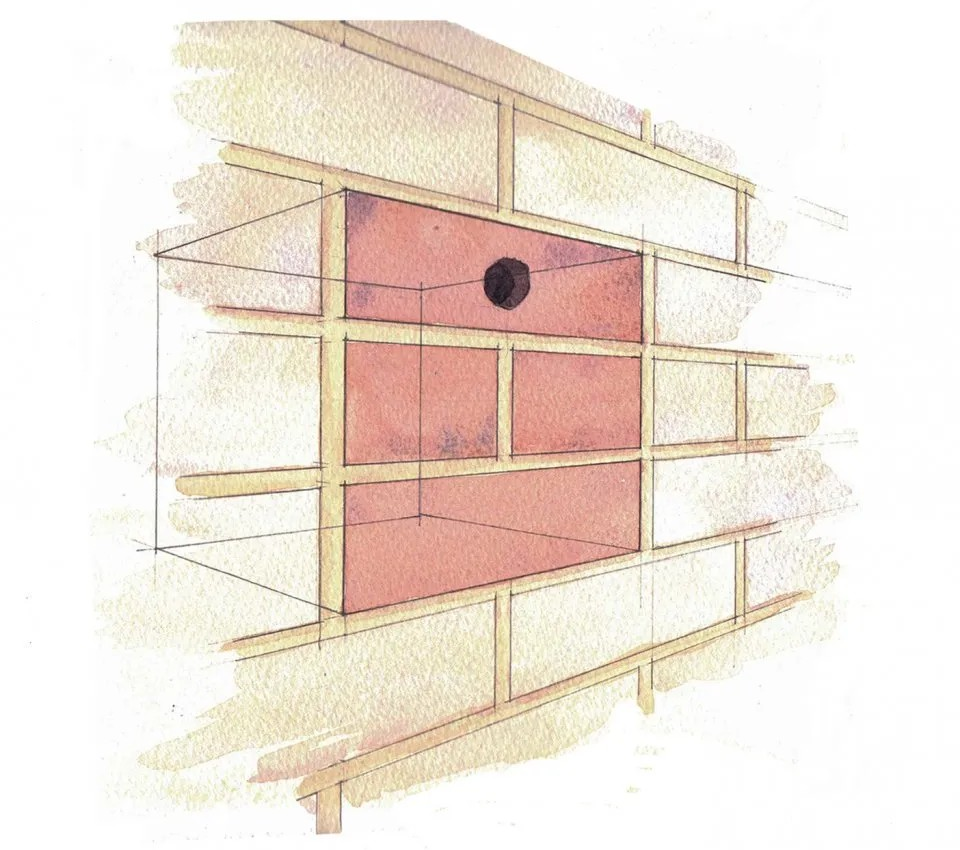
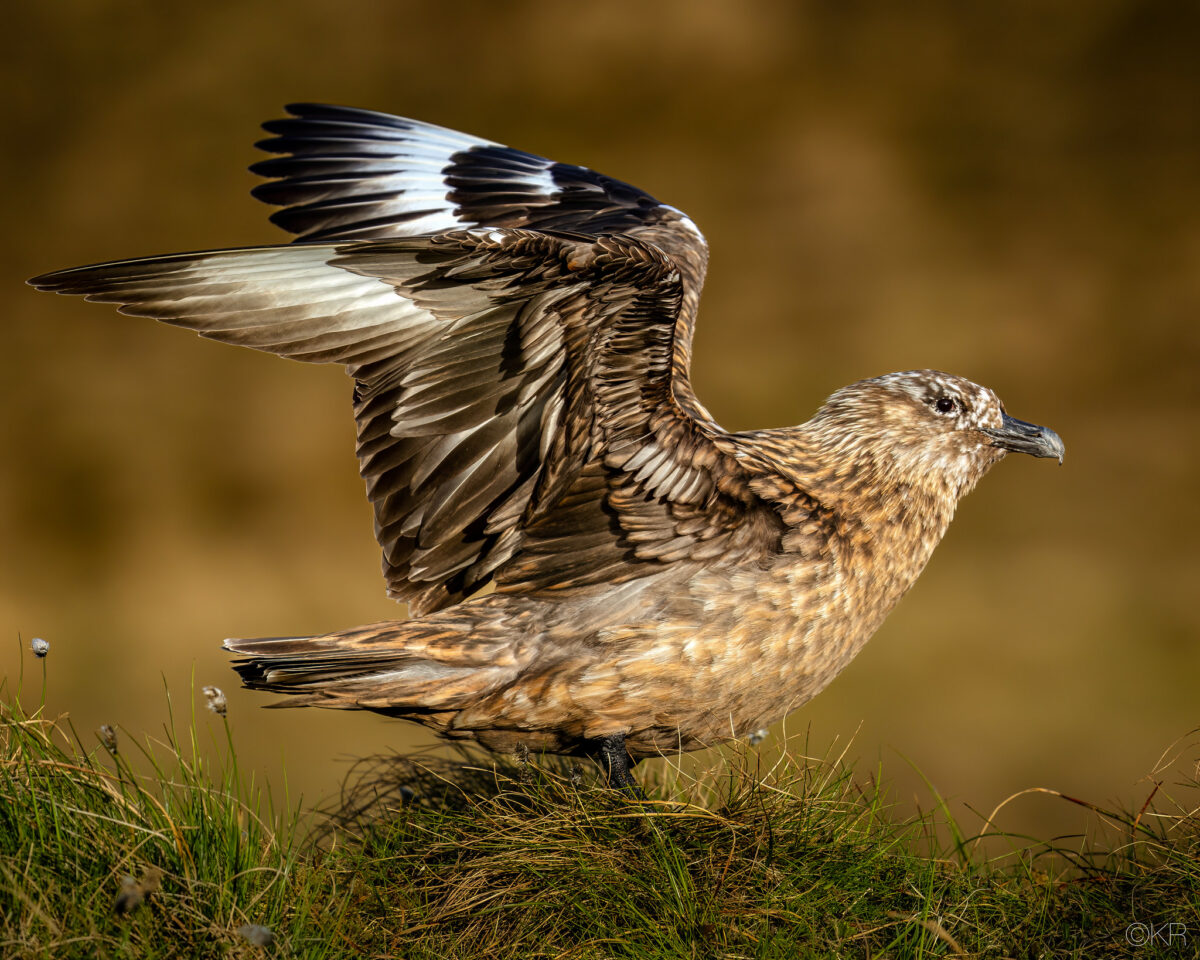
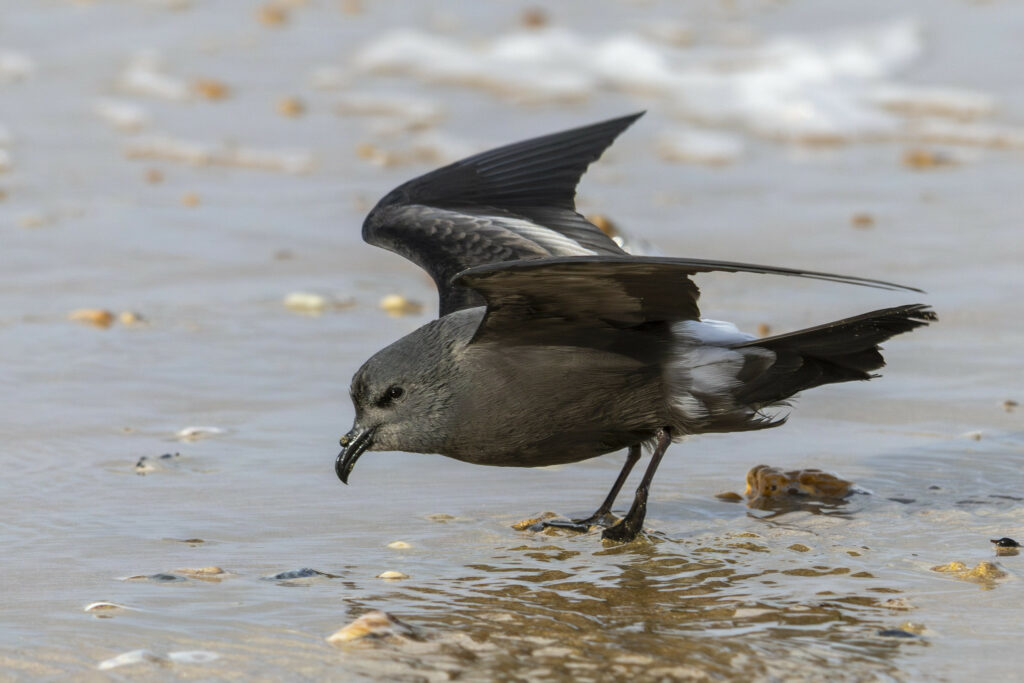
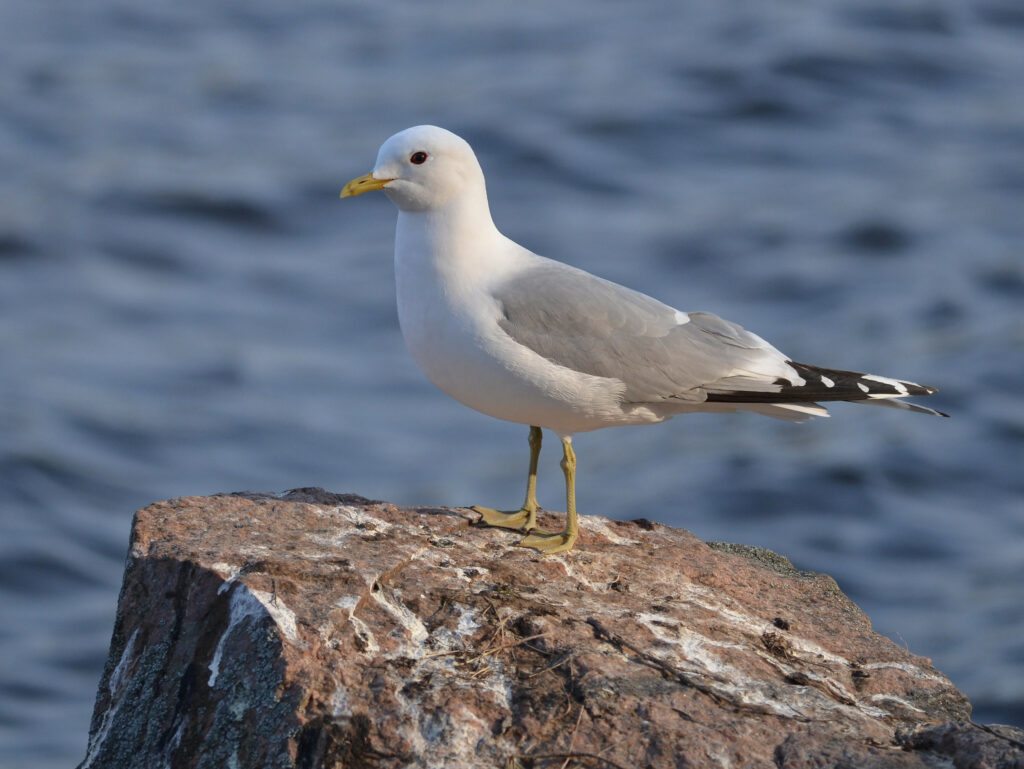
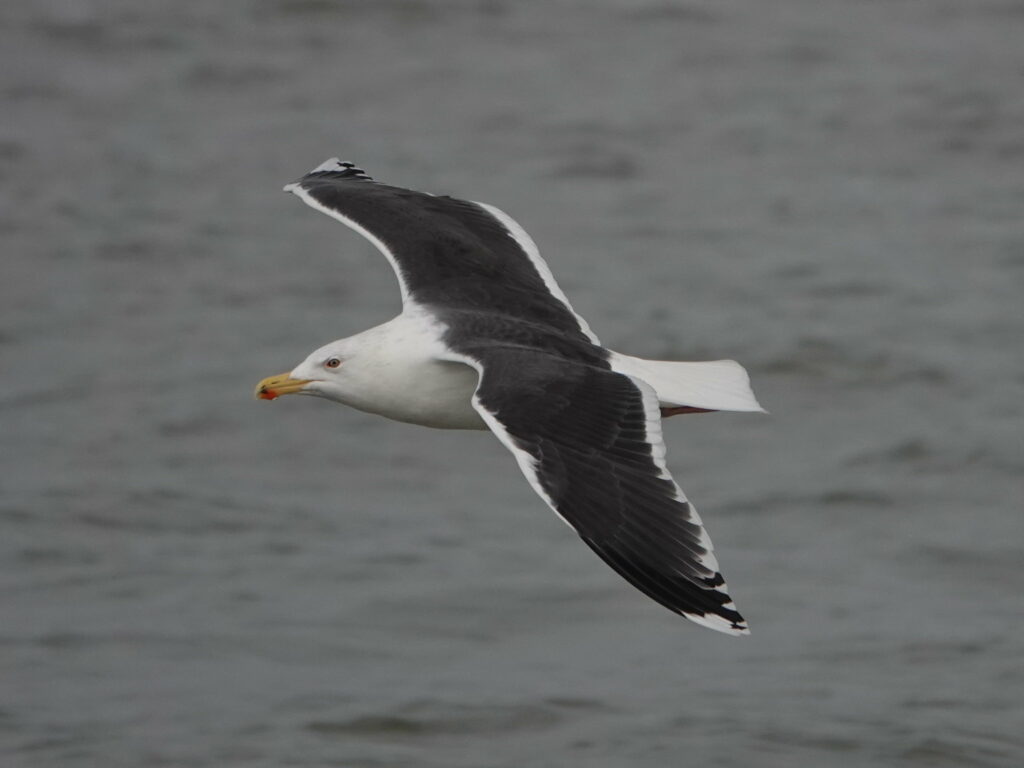
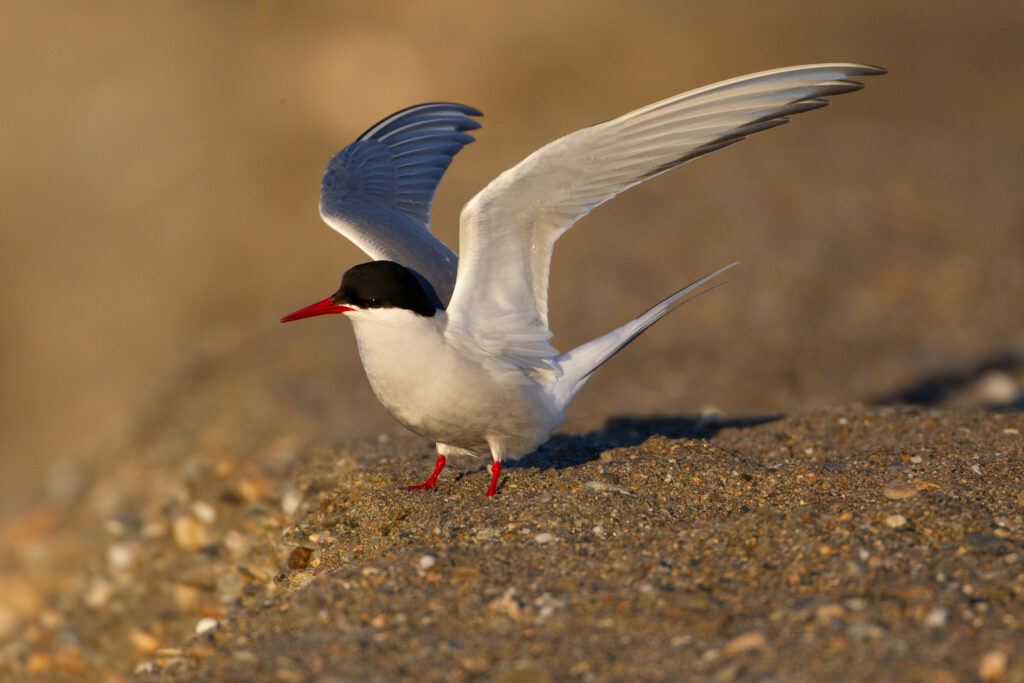

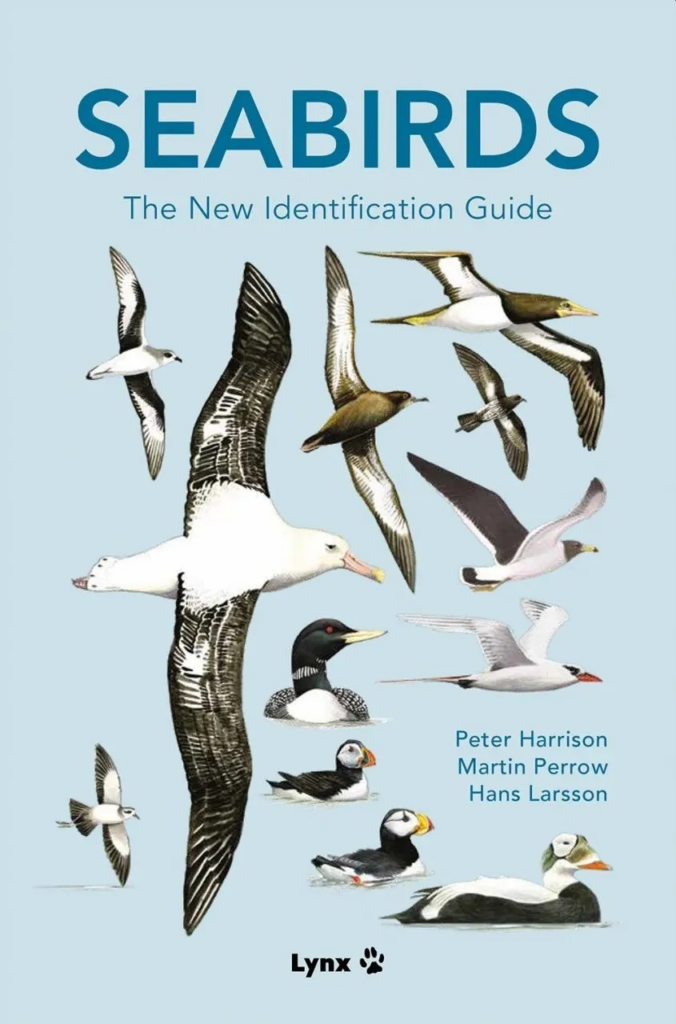
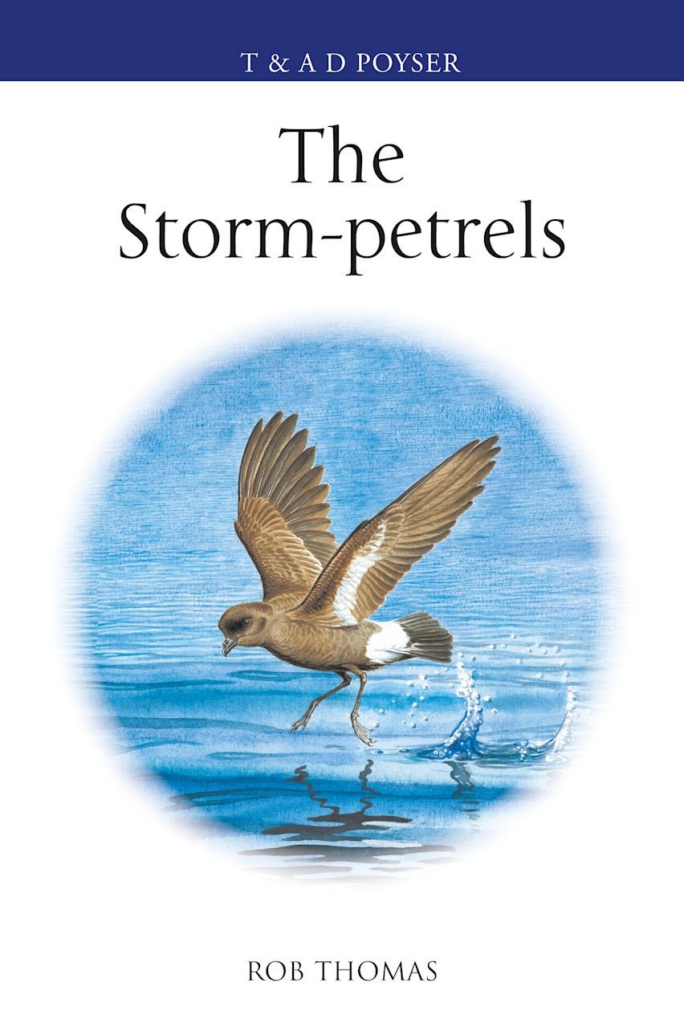
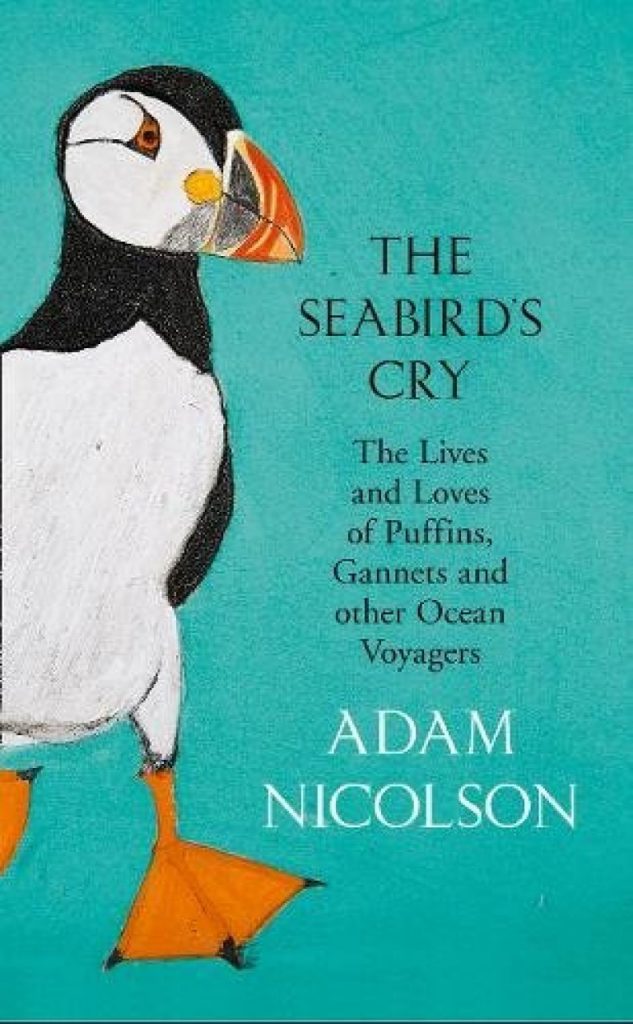

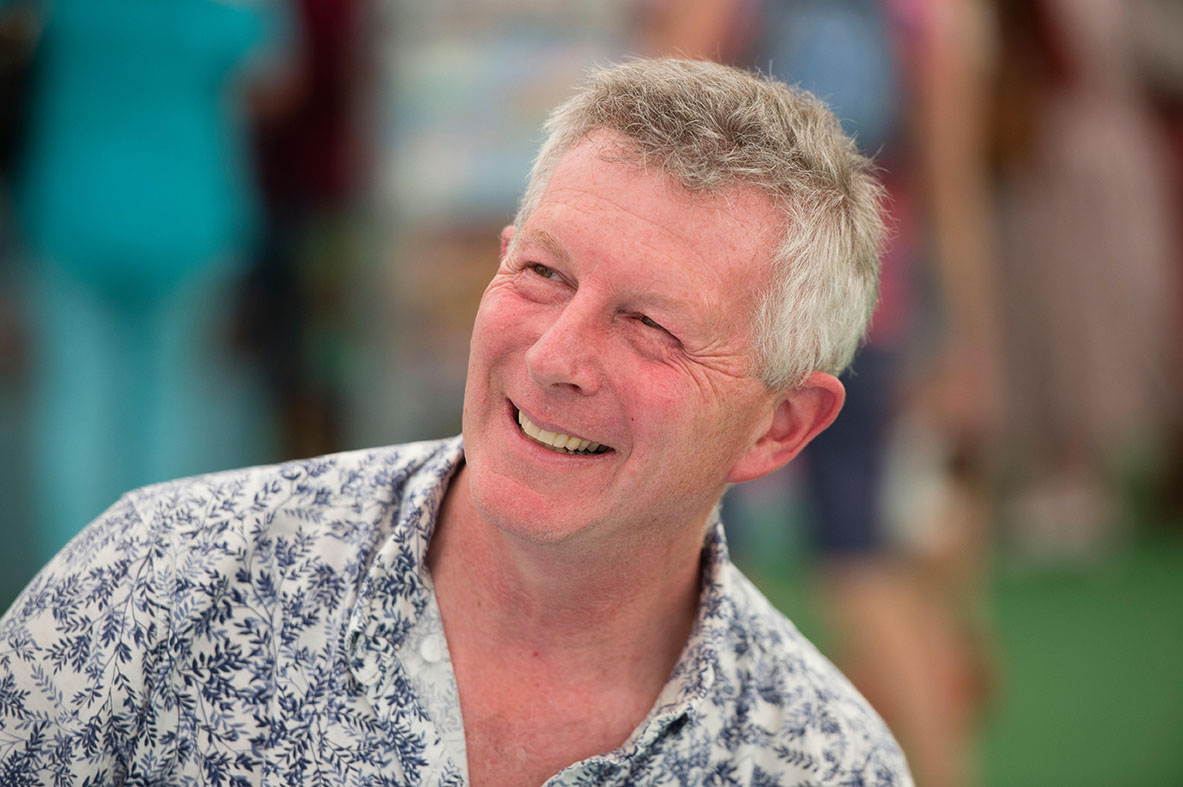 Stephen is a naturalist, author and broadcaster well known for his work with the BBC Natural History Unit working on landmark programmes such as Springwatch and The Nature of Britain. He currently holds the position of senior lecturer in creative writing at Bath Spa University and is also president of the Somerset Wildlife Trust.
Stephen is a naturalist, author and broadcaster well known for his work with the BBC Natural History Unit working on landmark programmes such as Springwatch and The Nature of Britain. He currently holds the position of senior lecturer in creative writing at Bath Spa University and is also president of the Somerset Wildlife Trust.